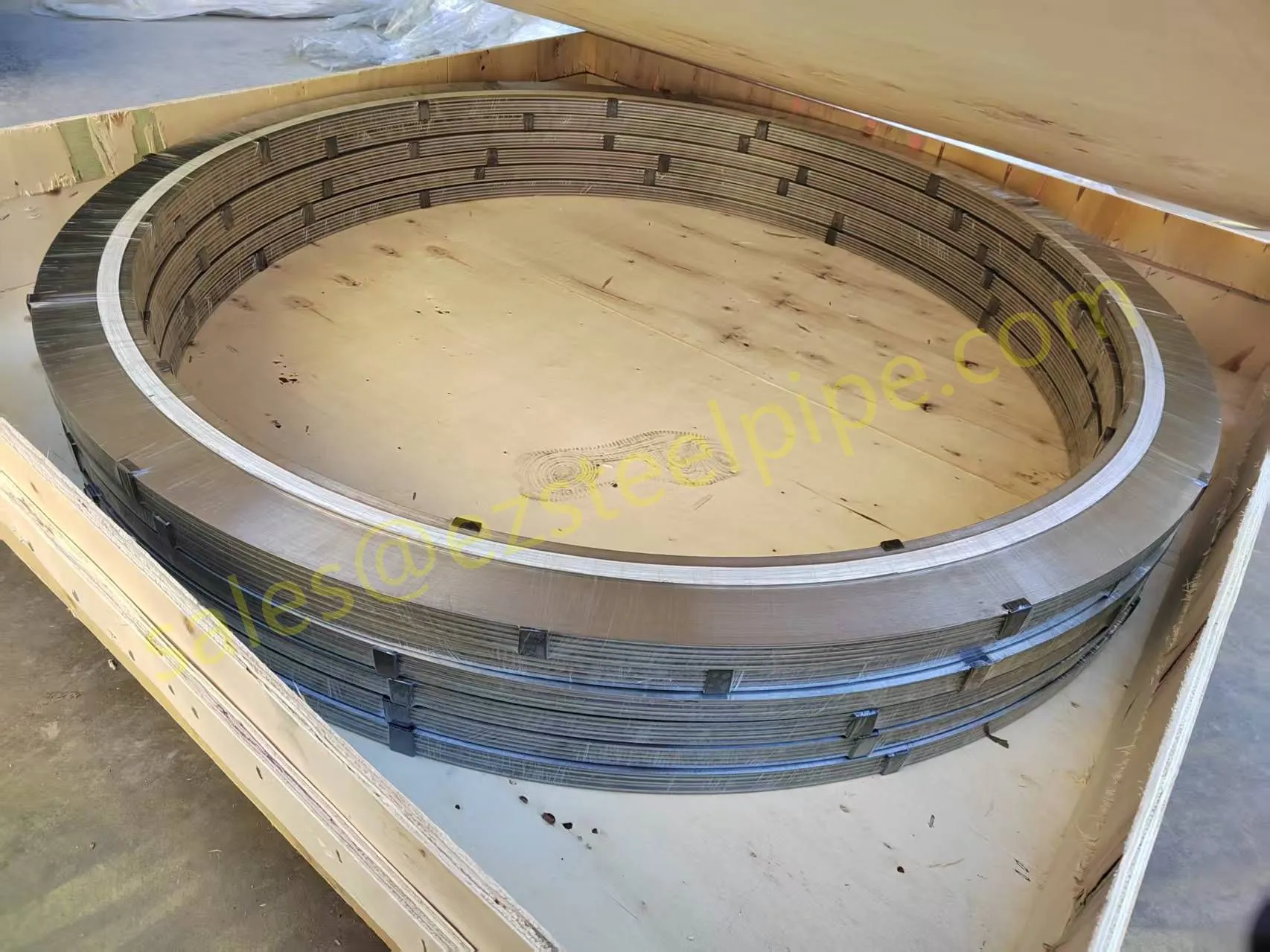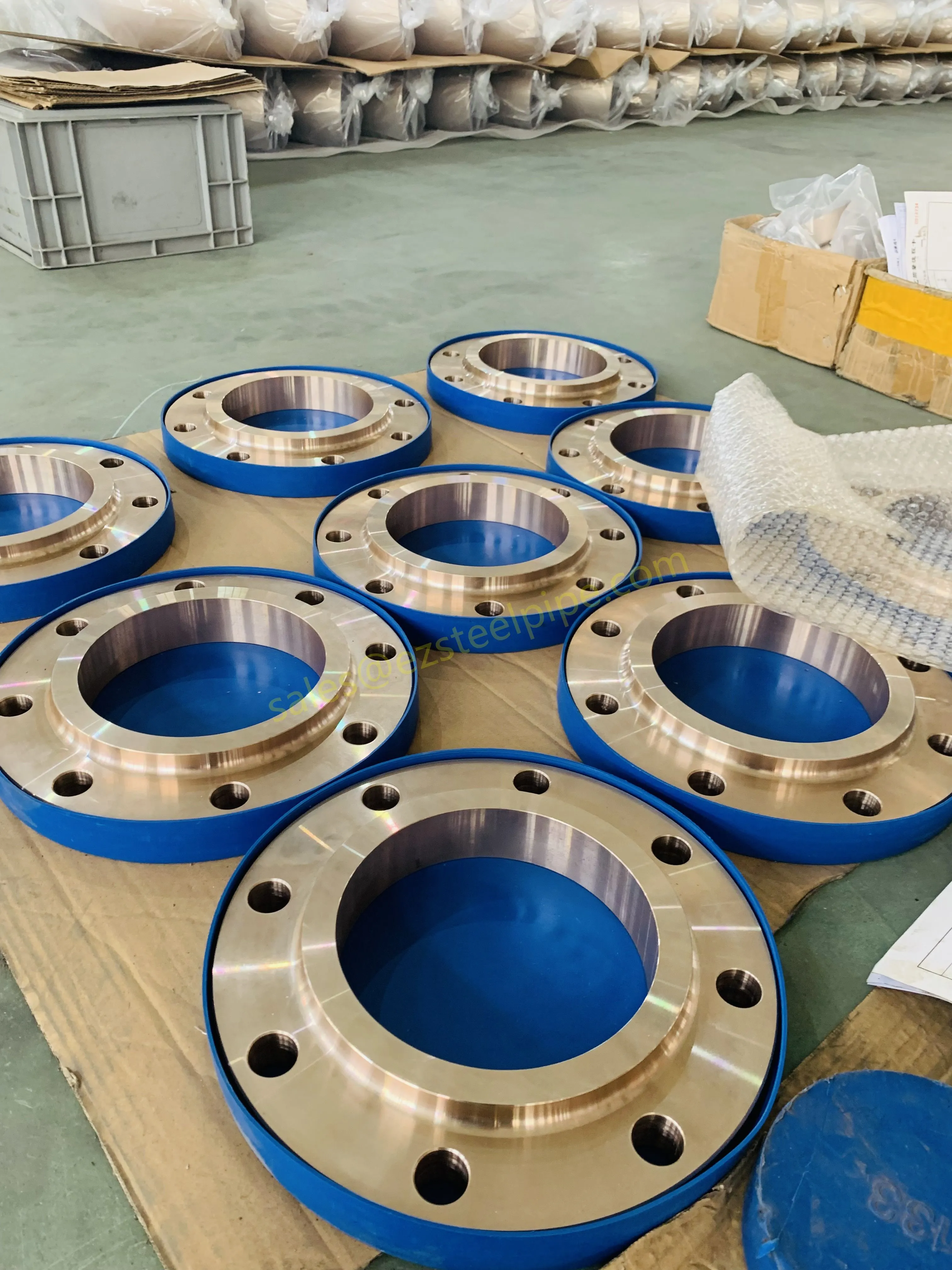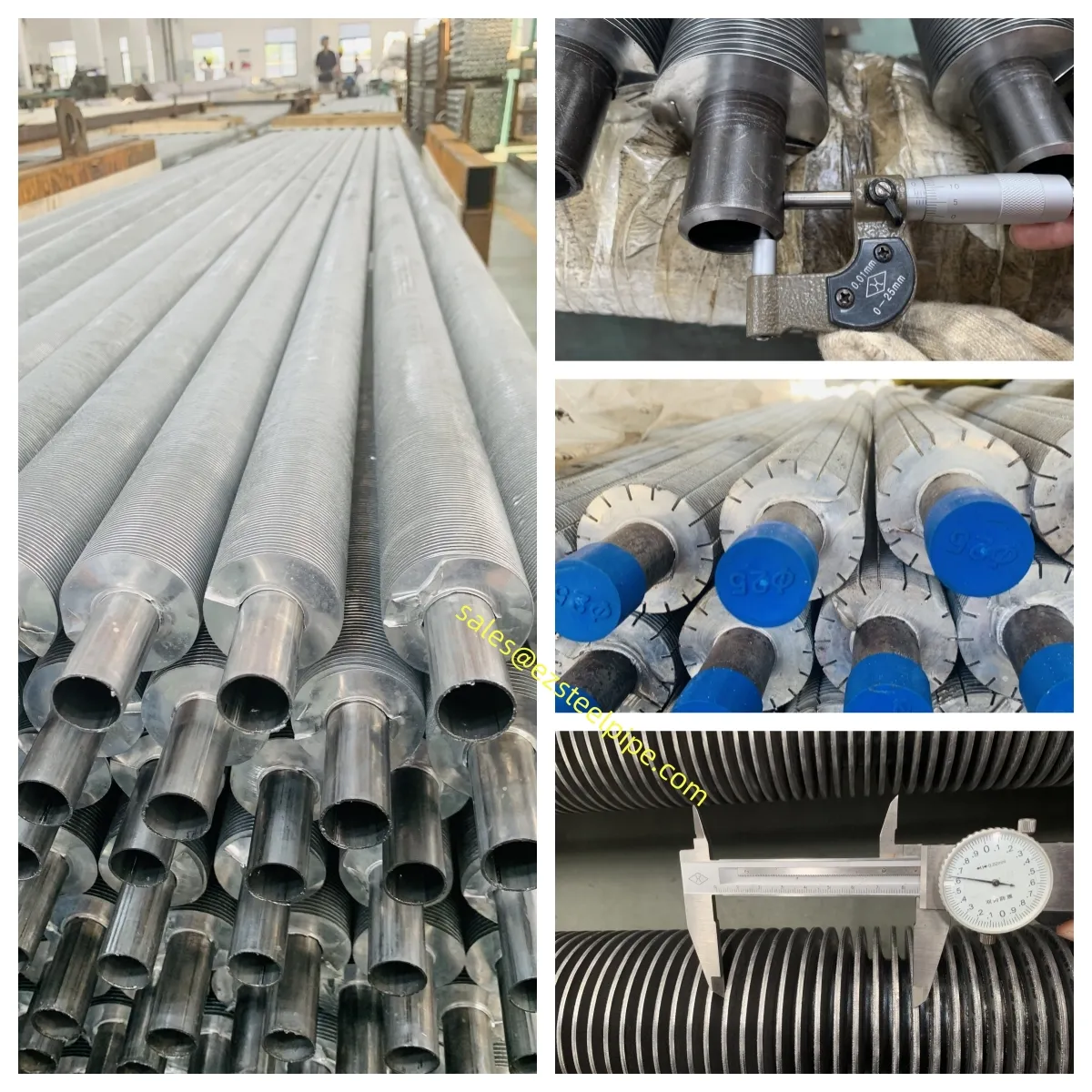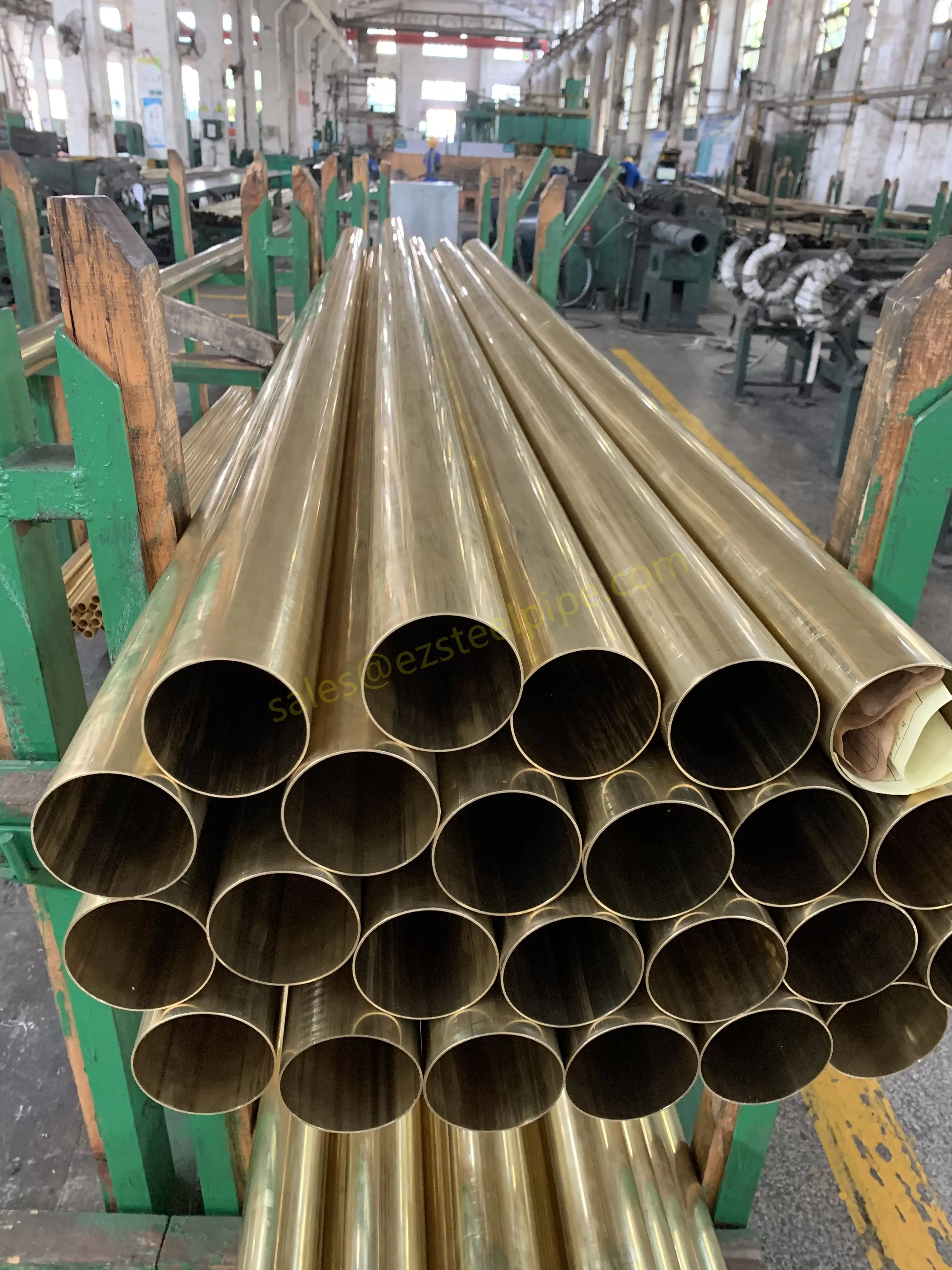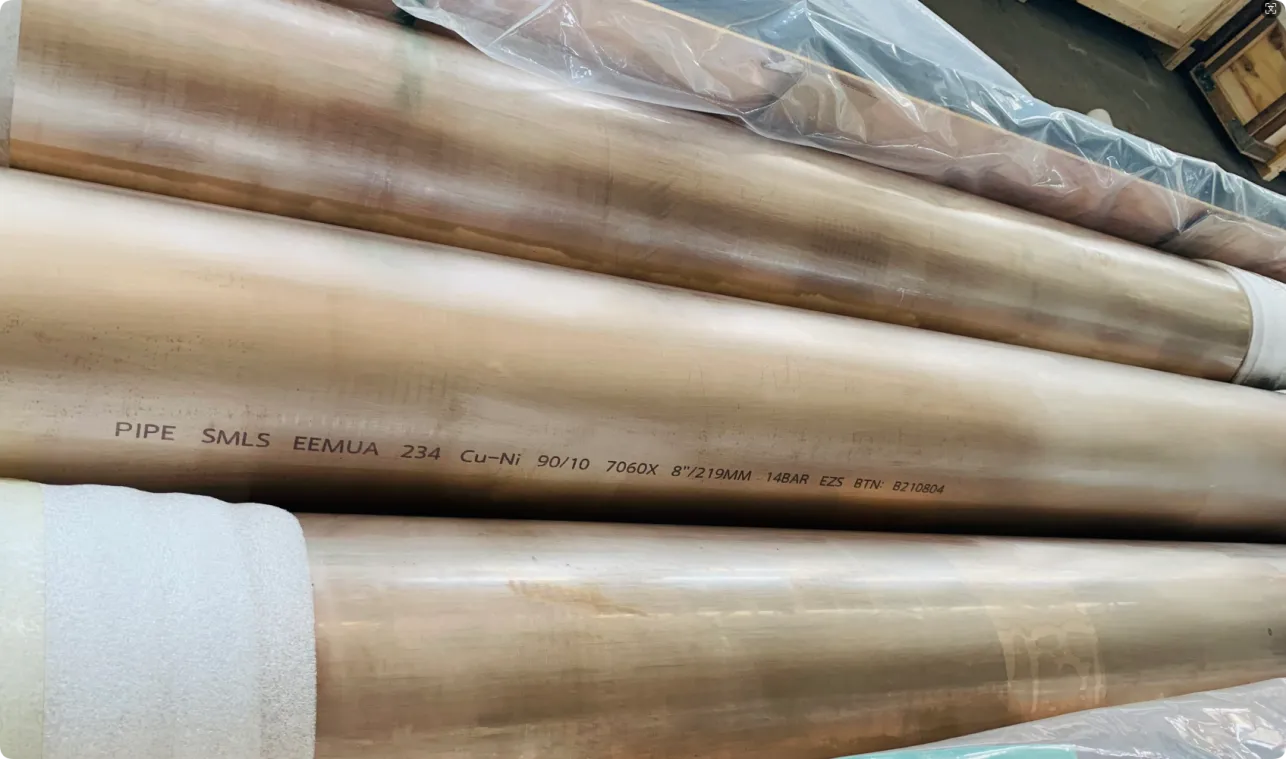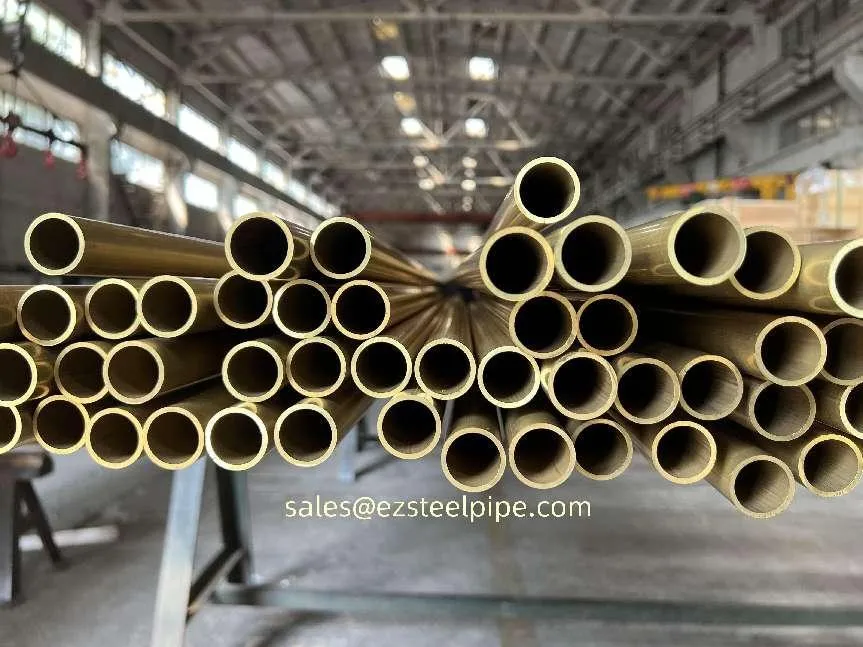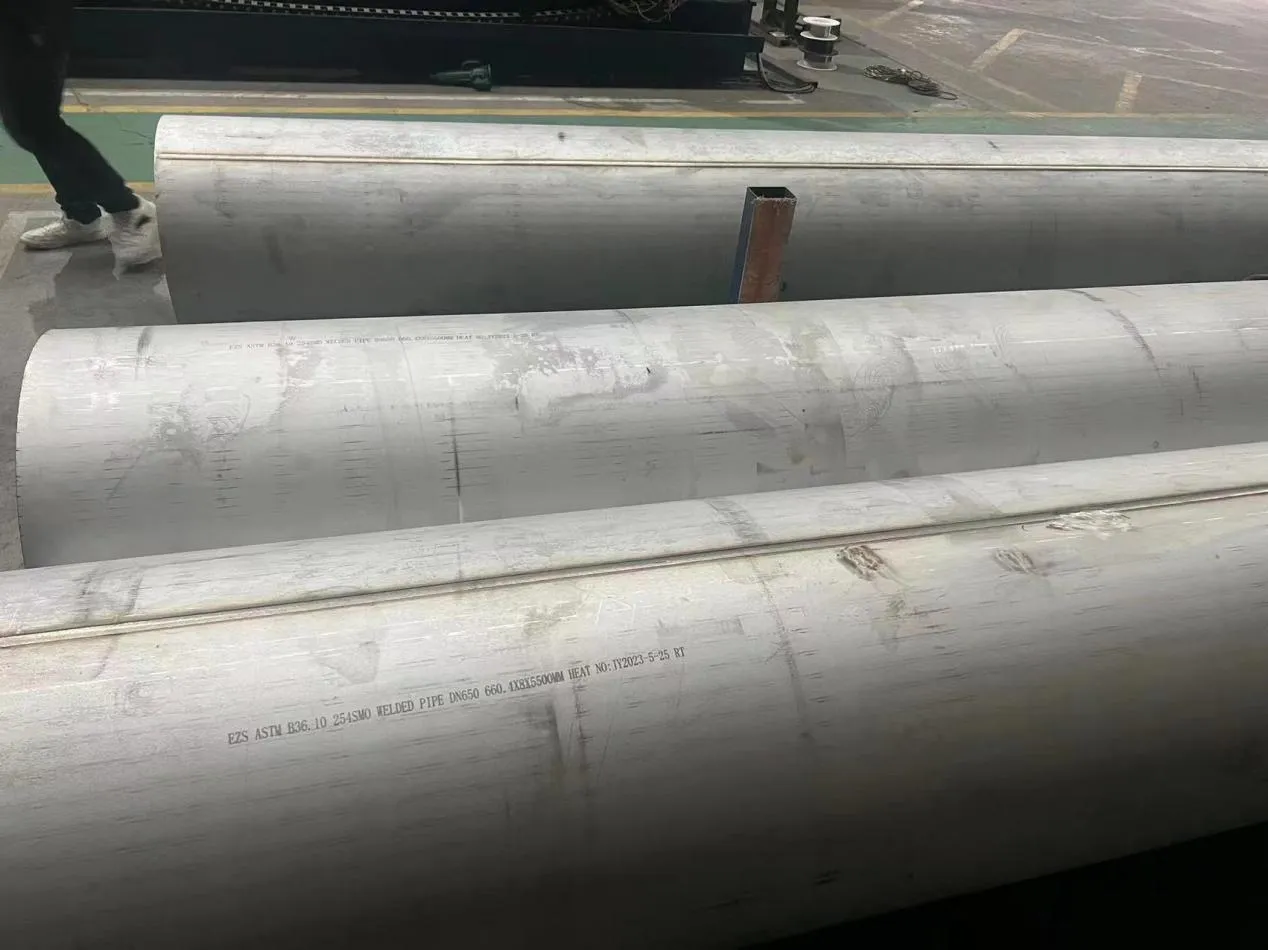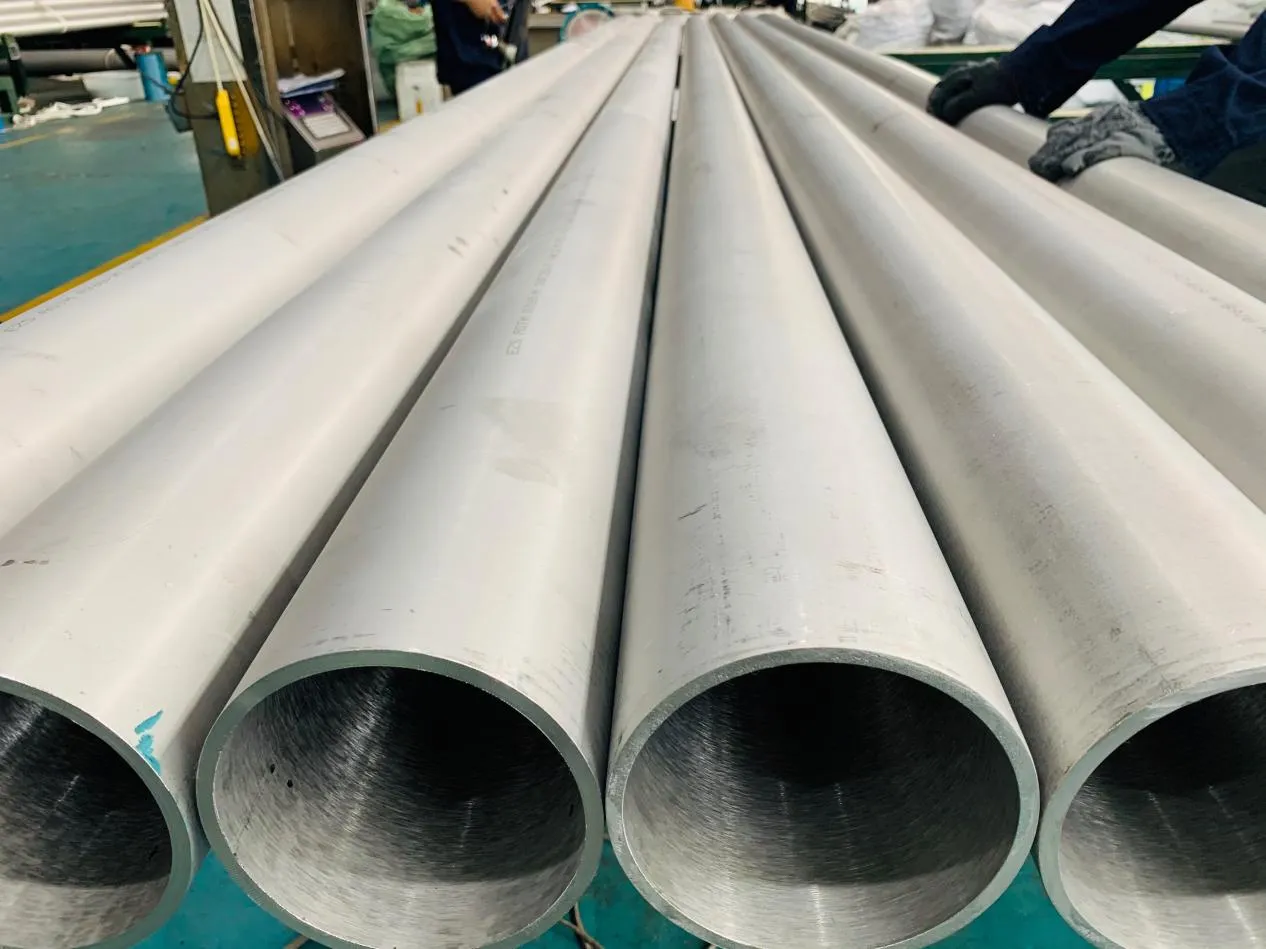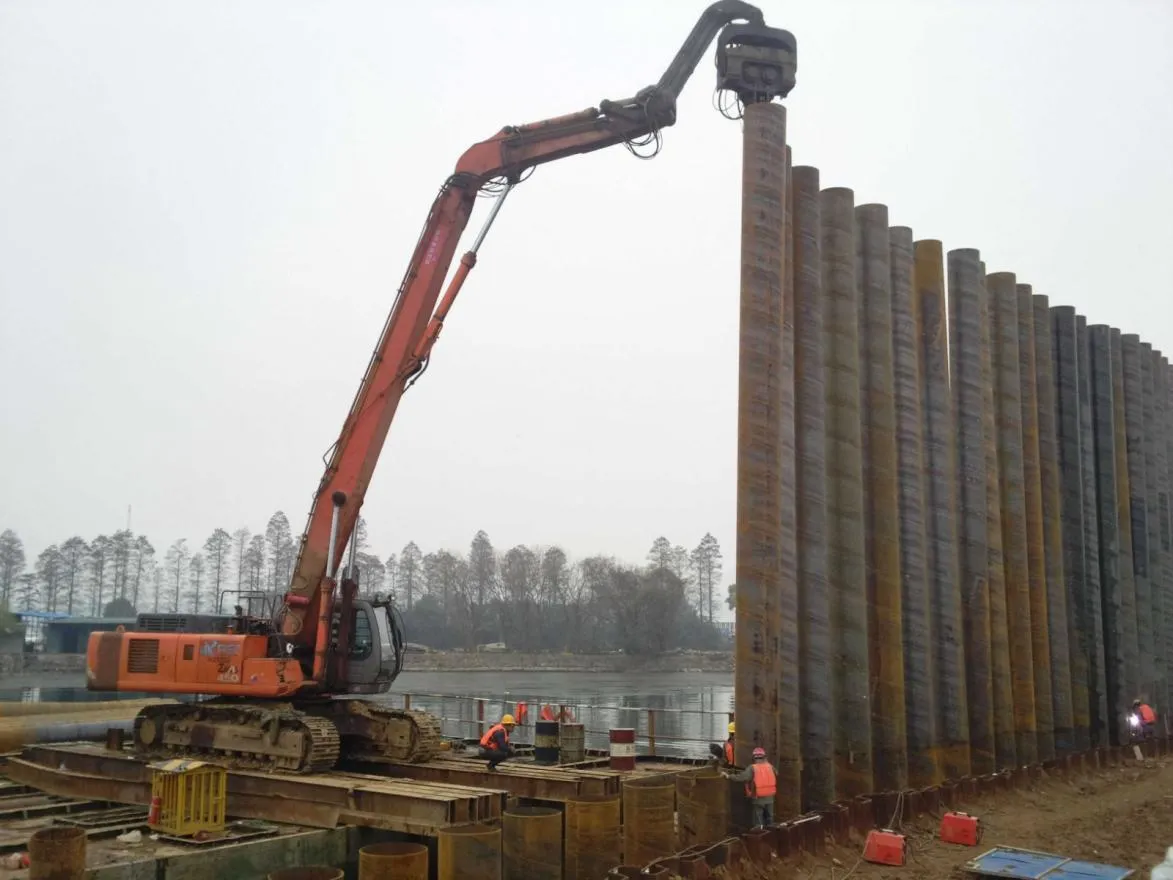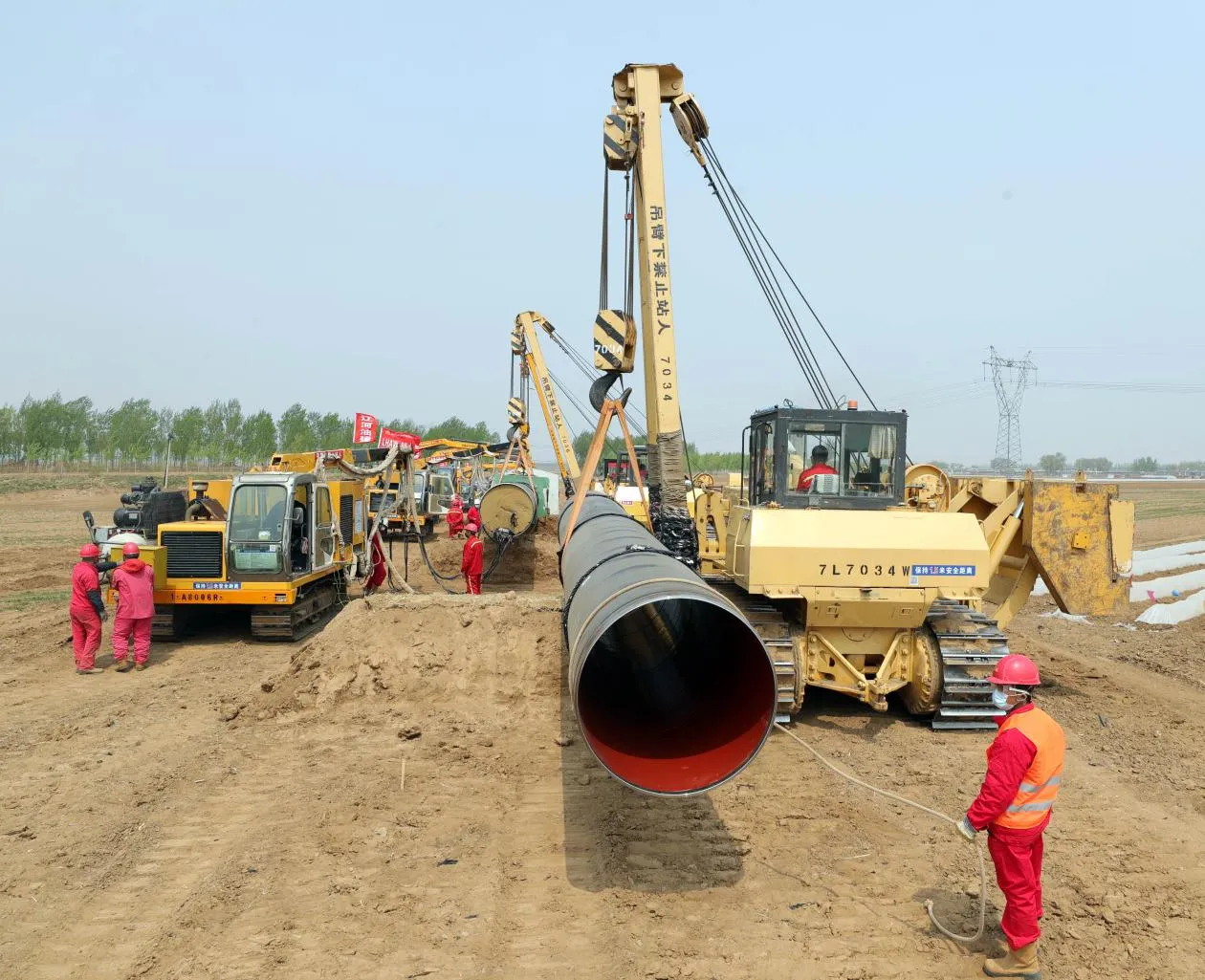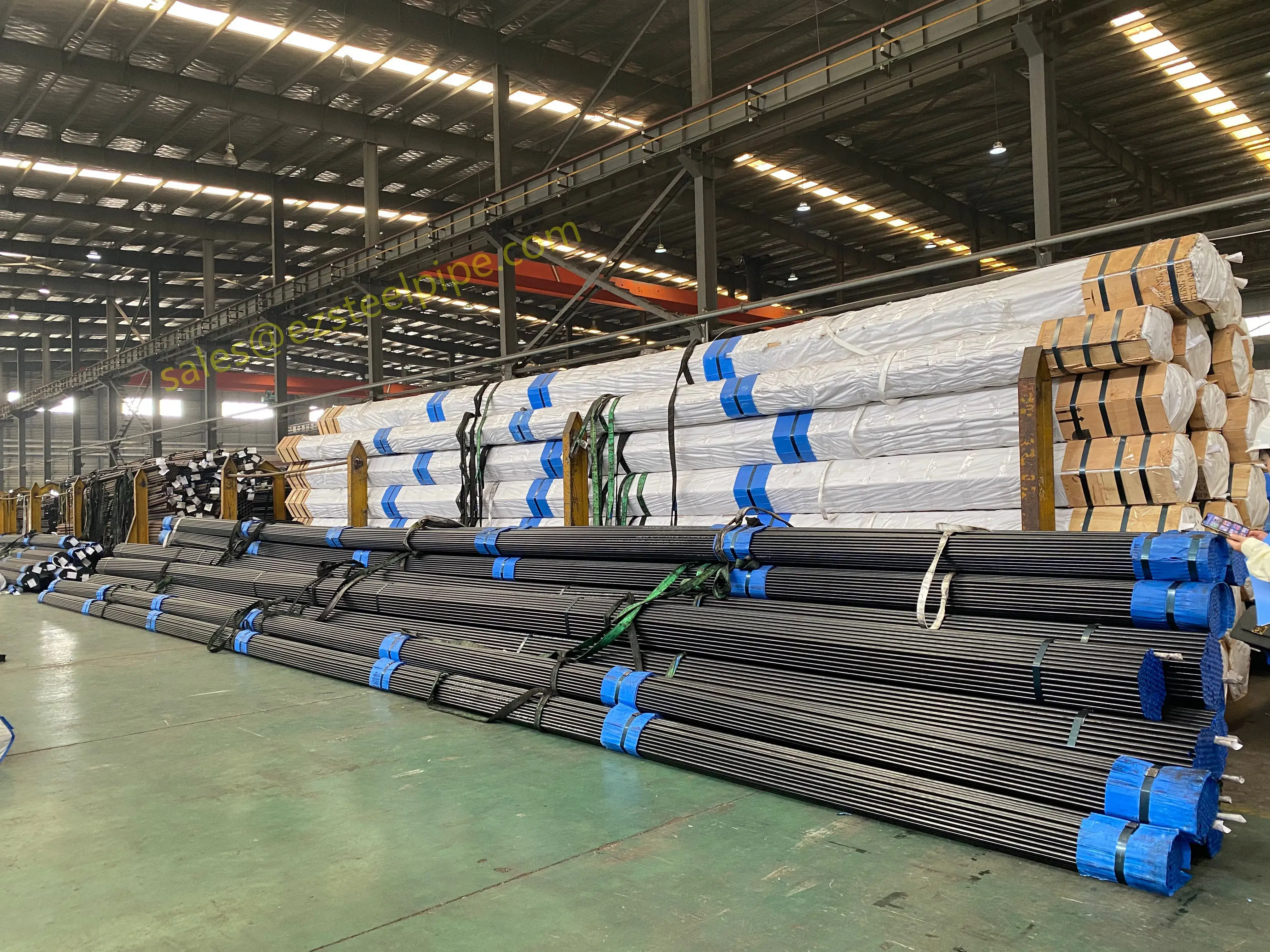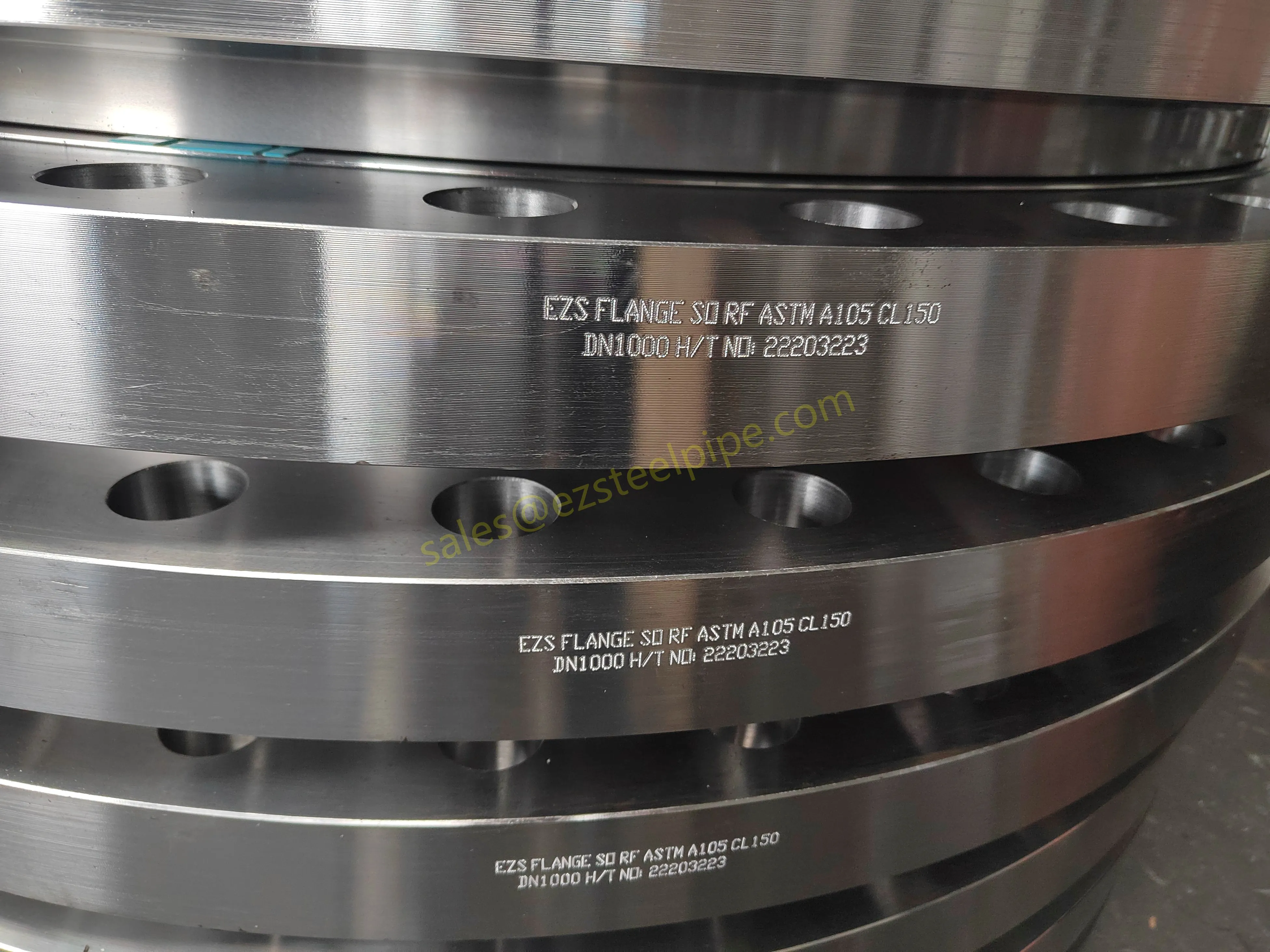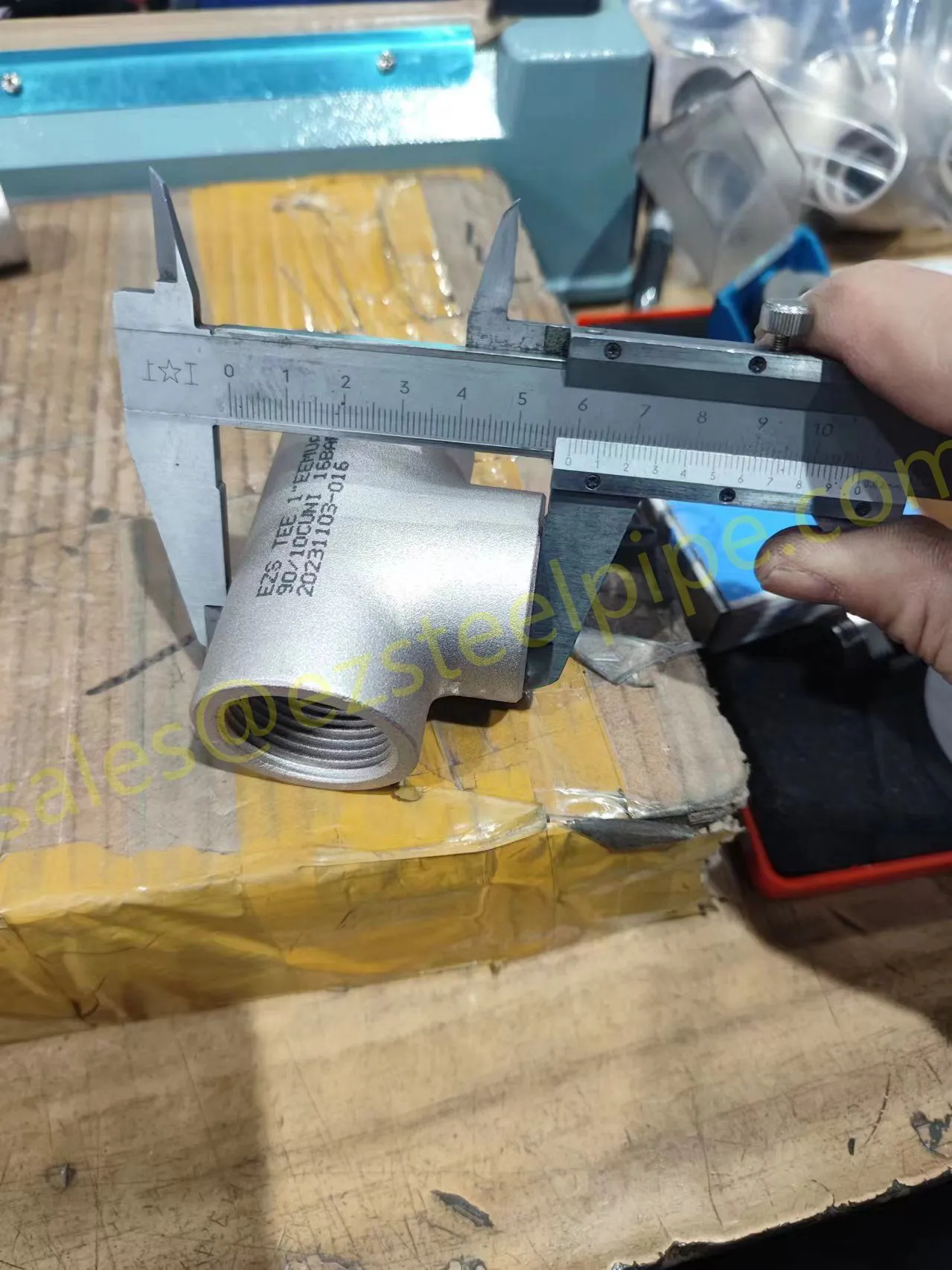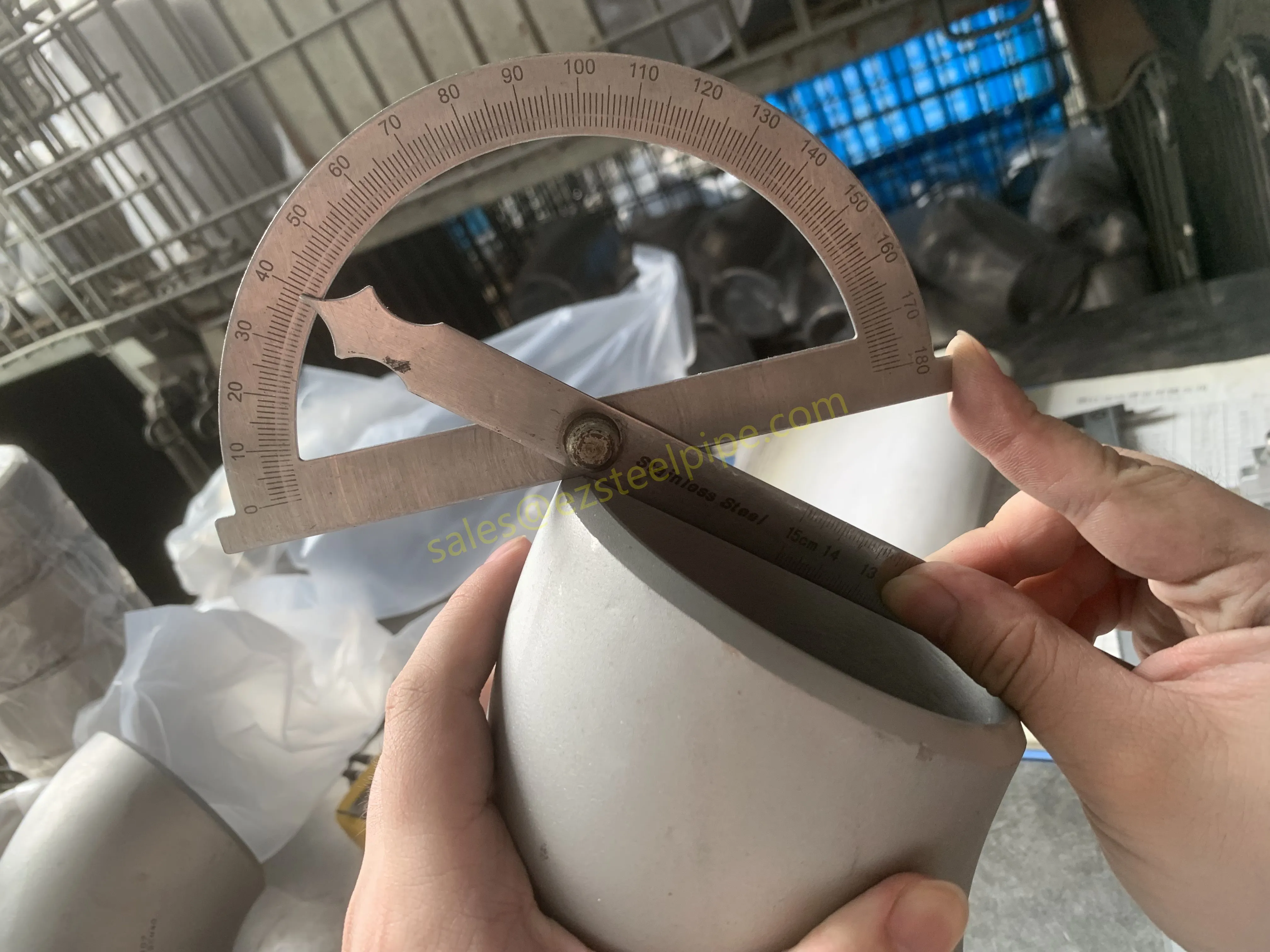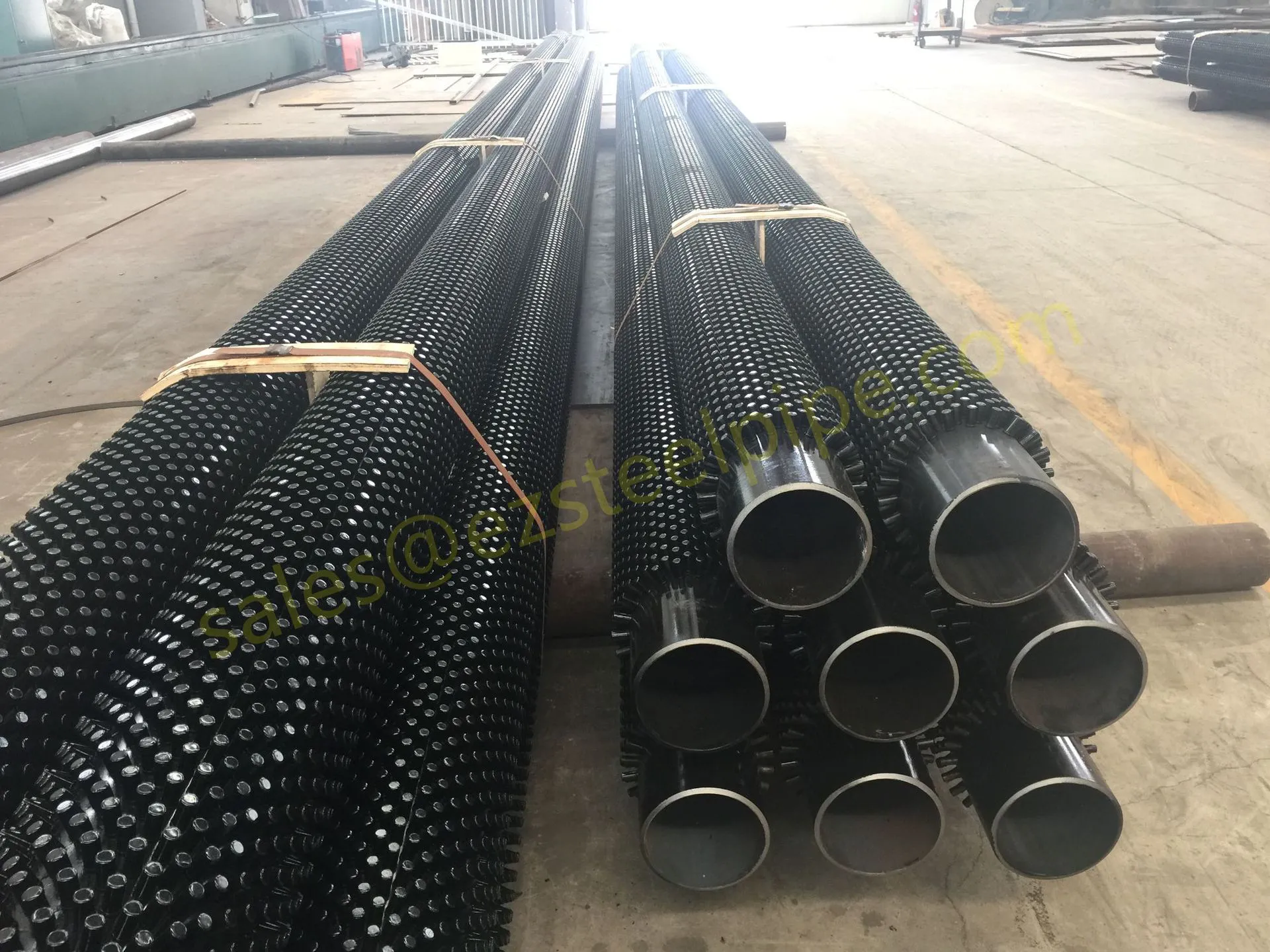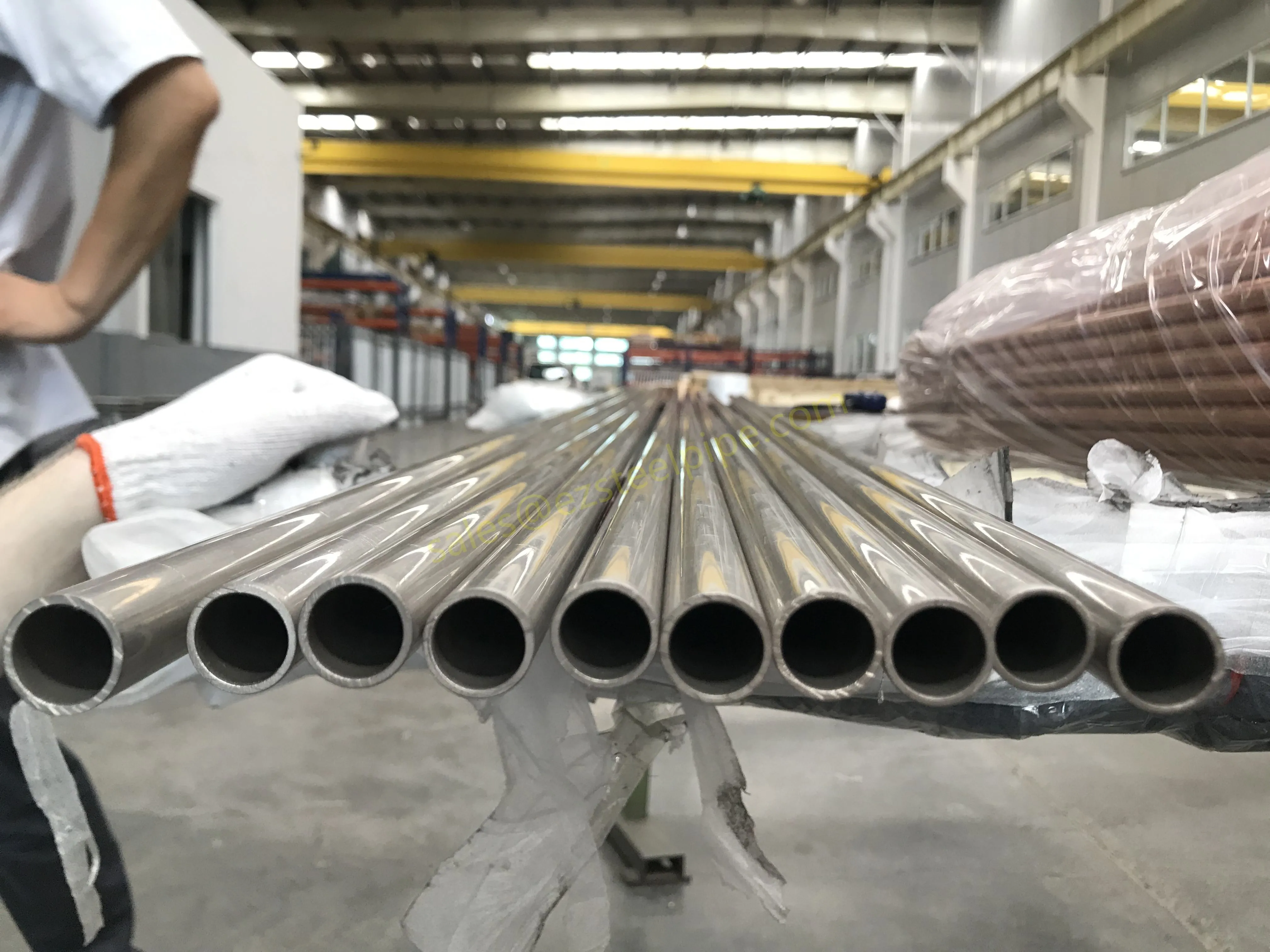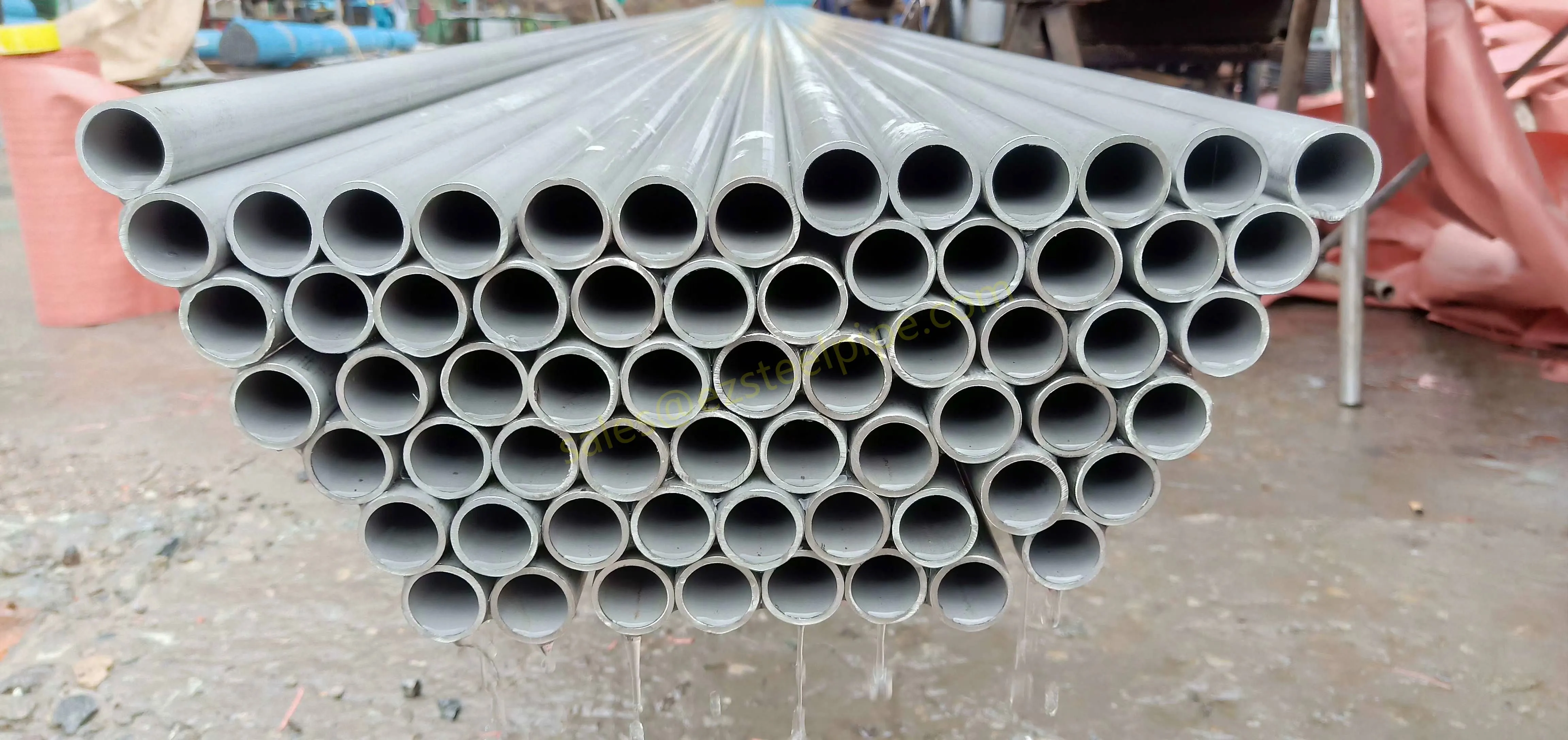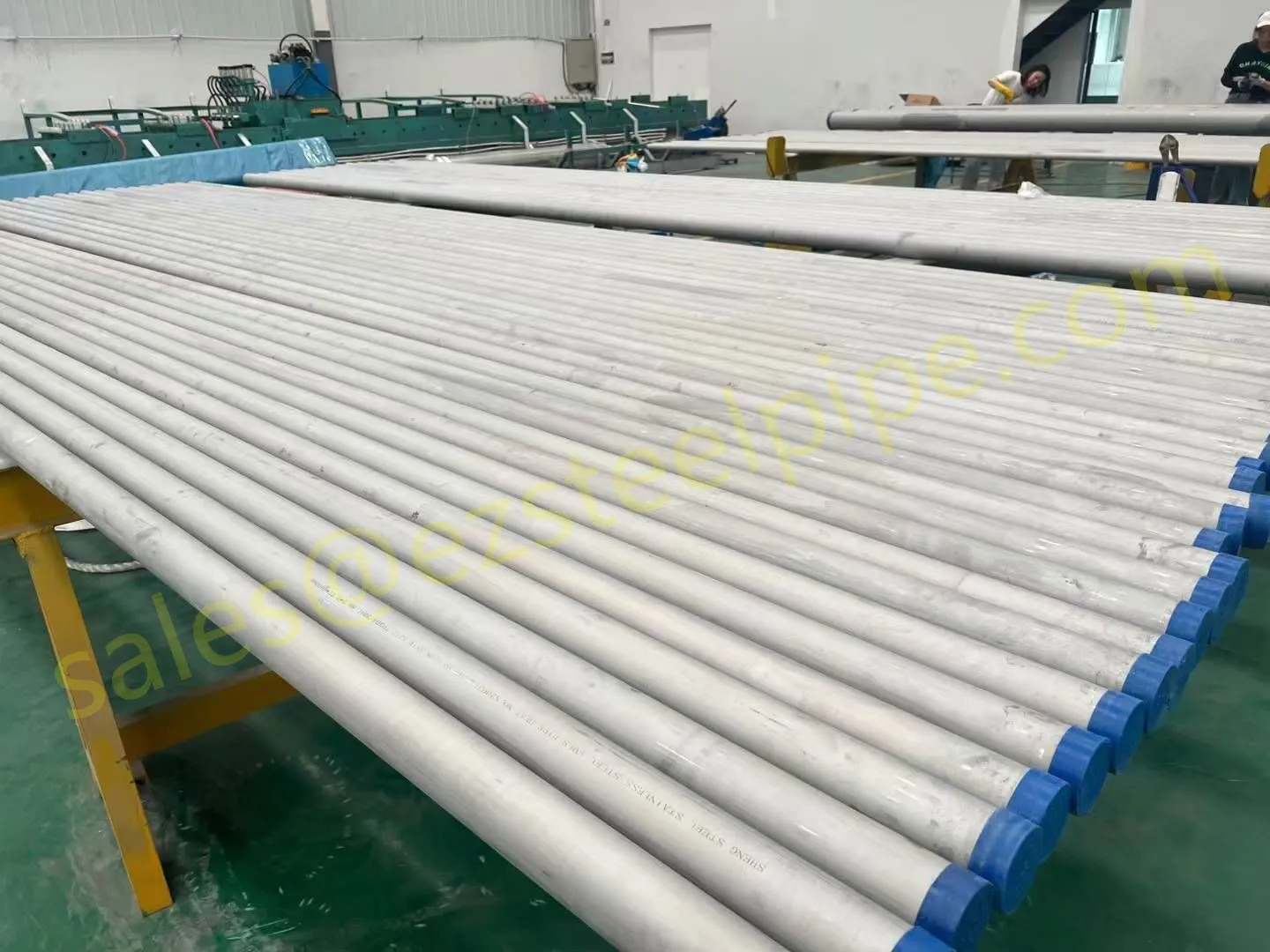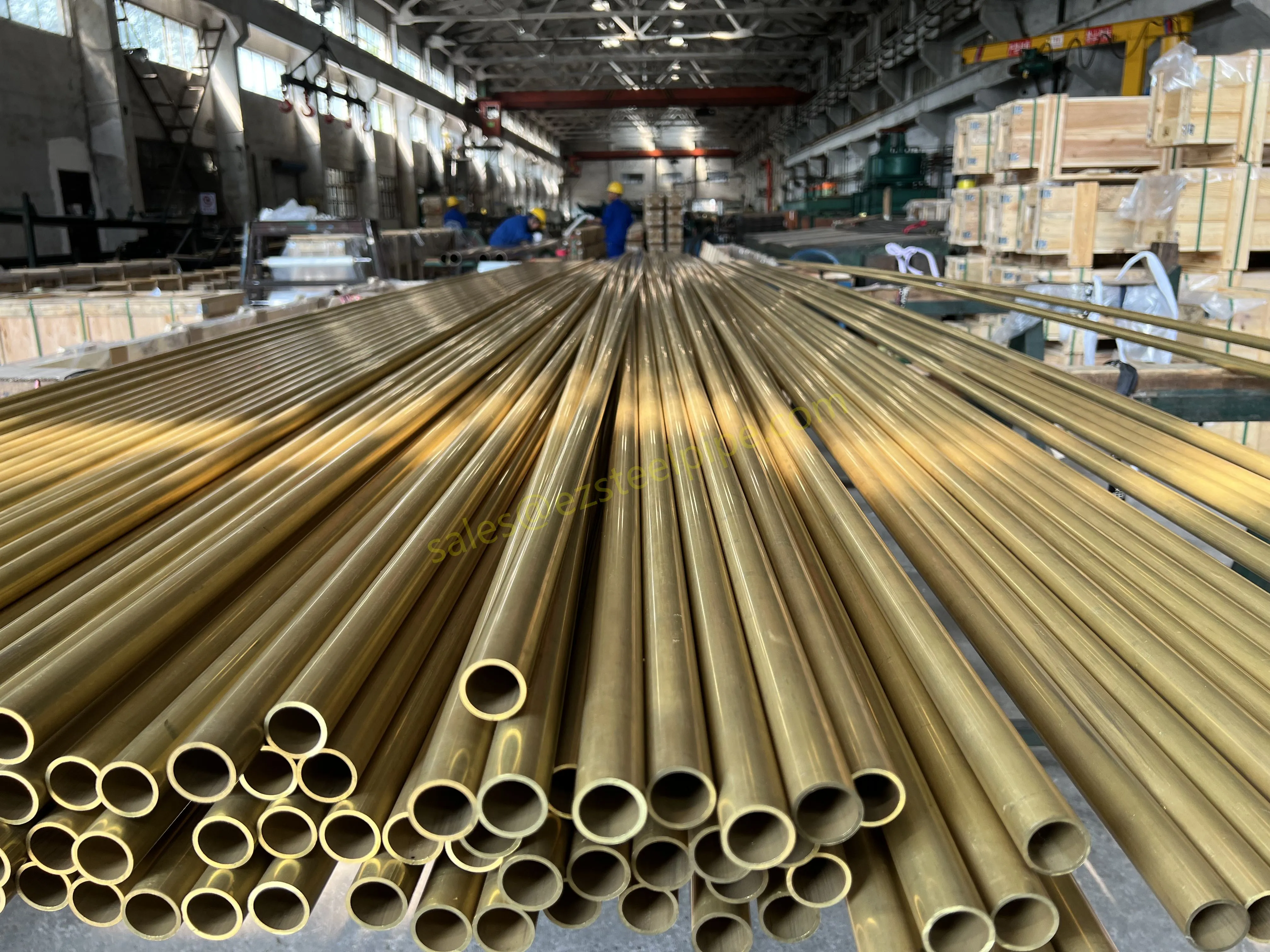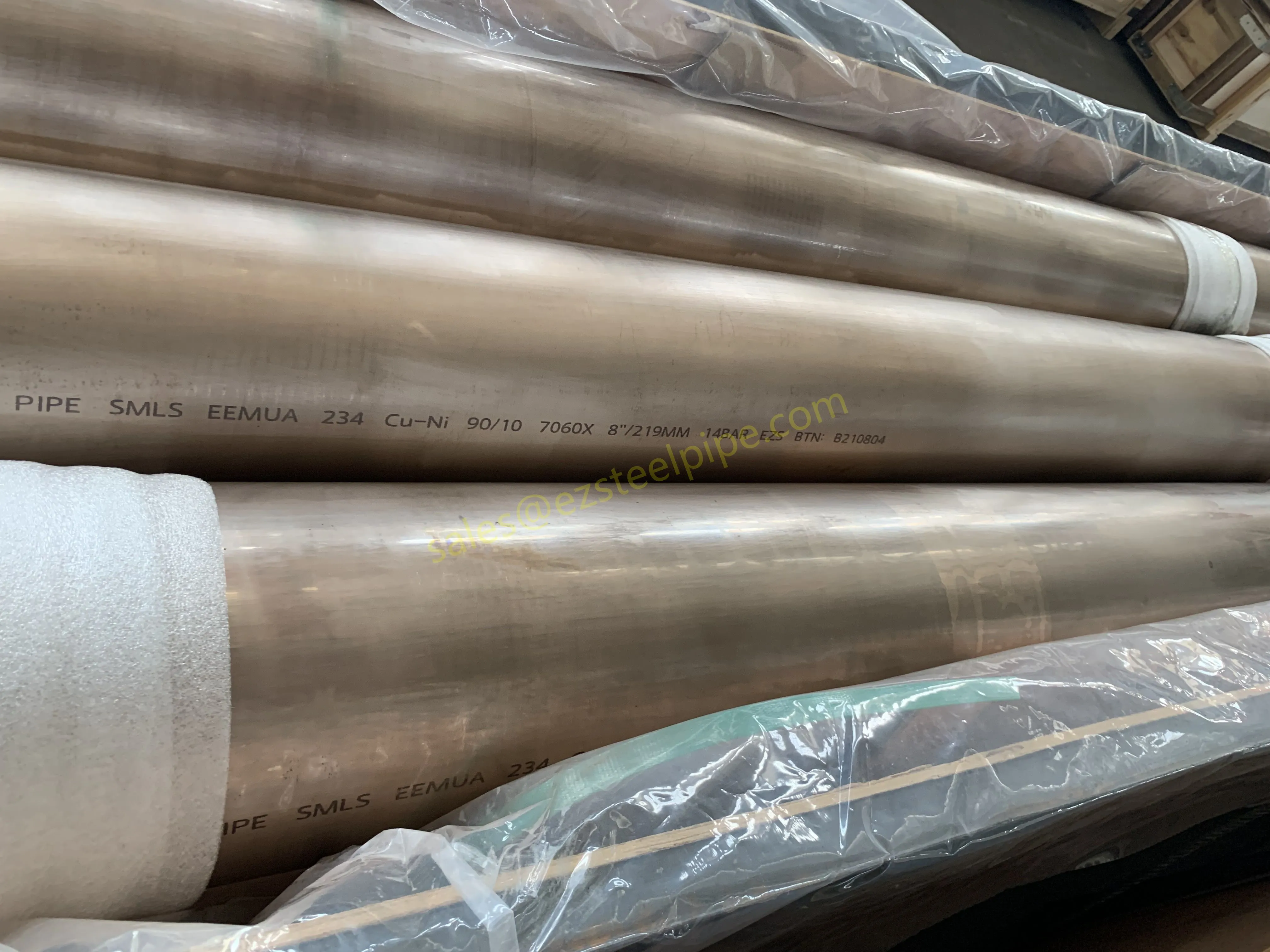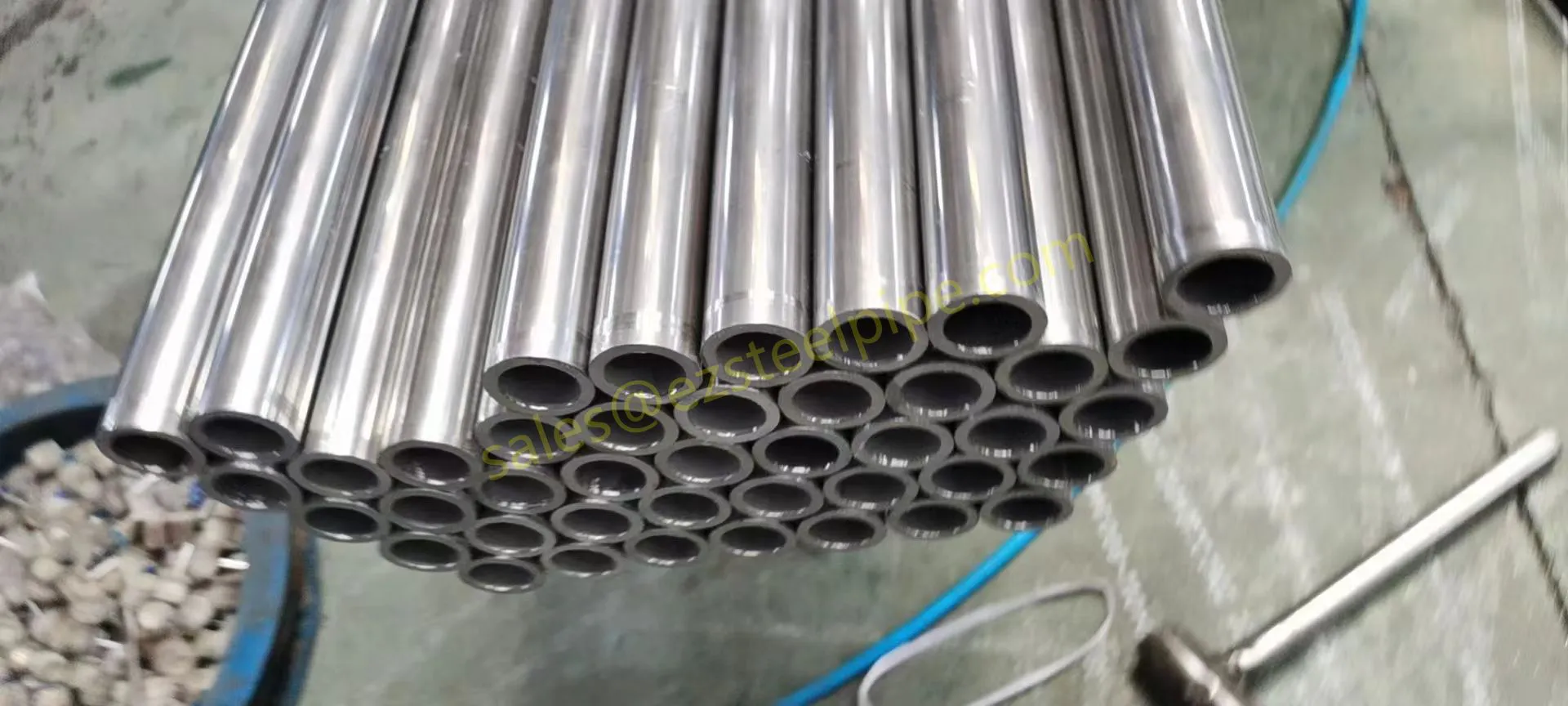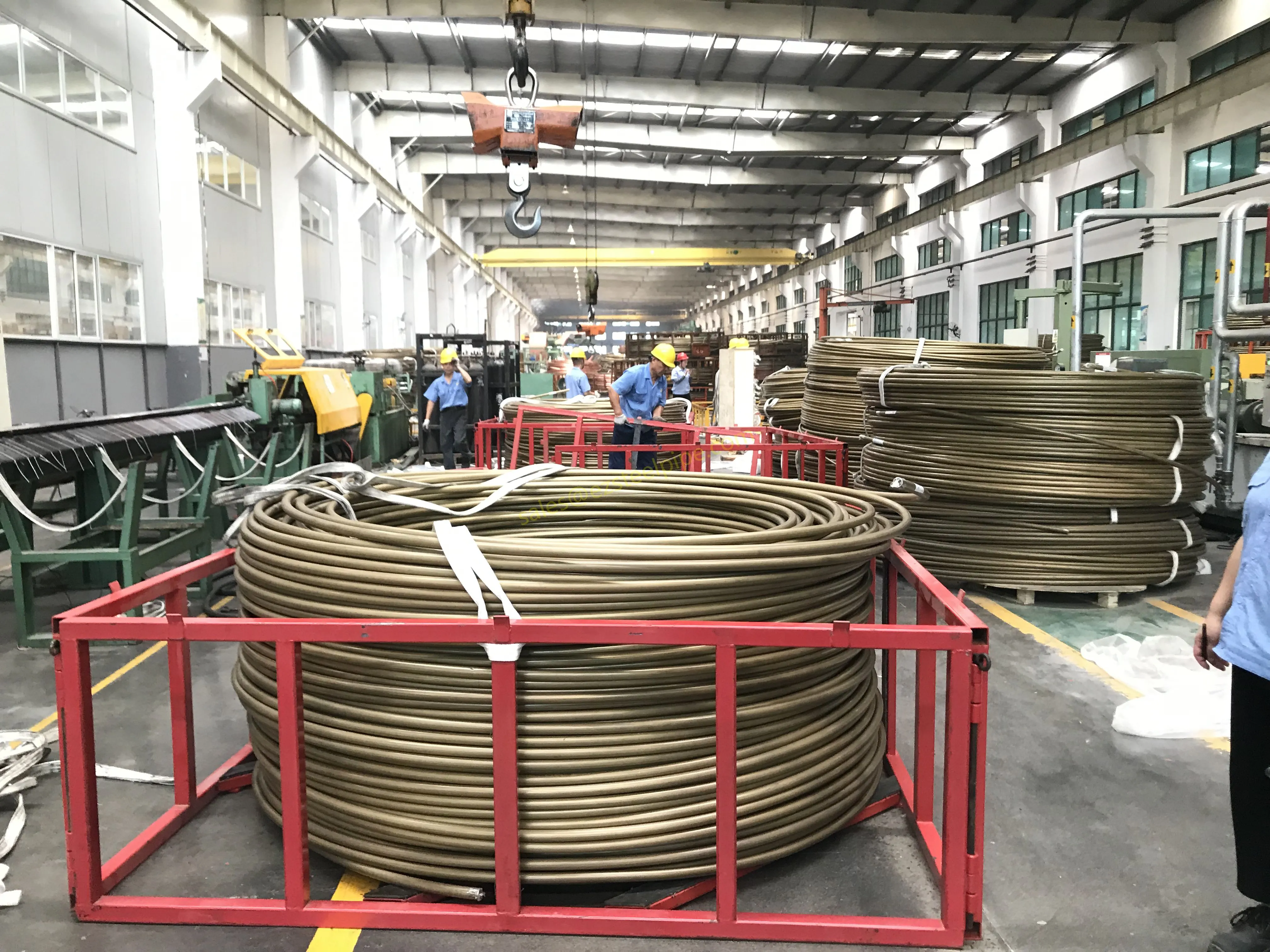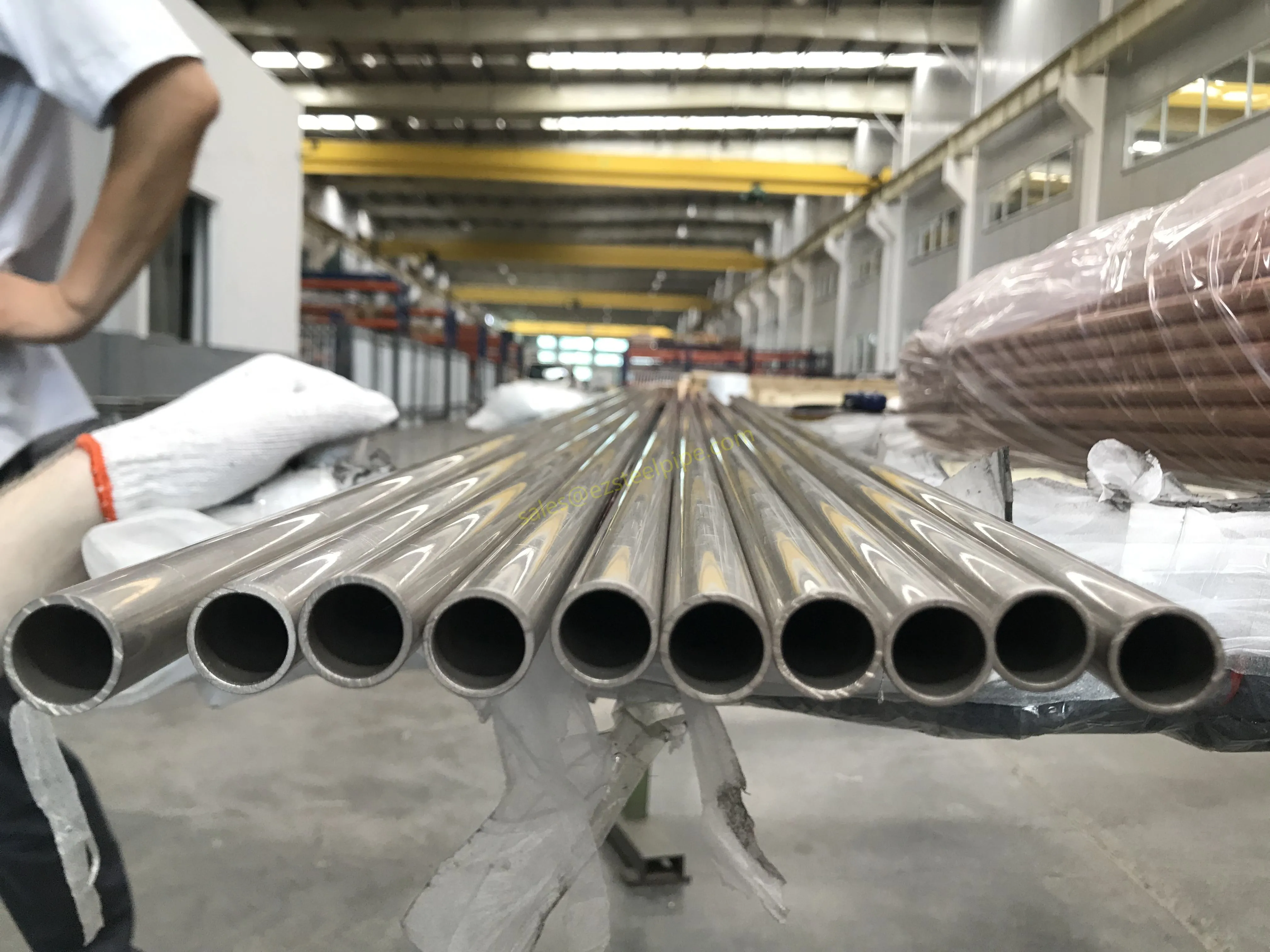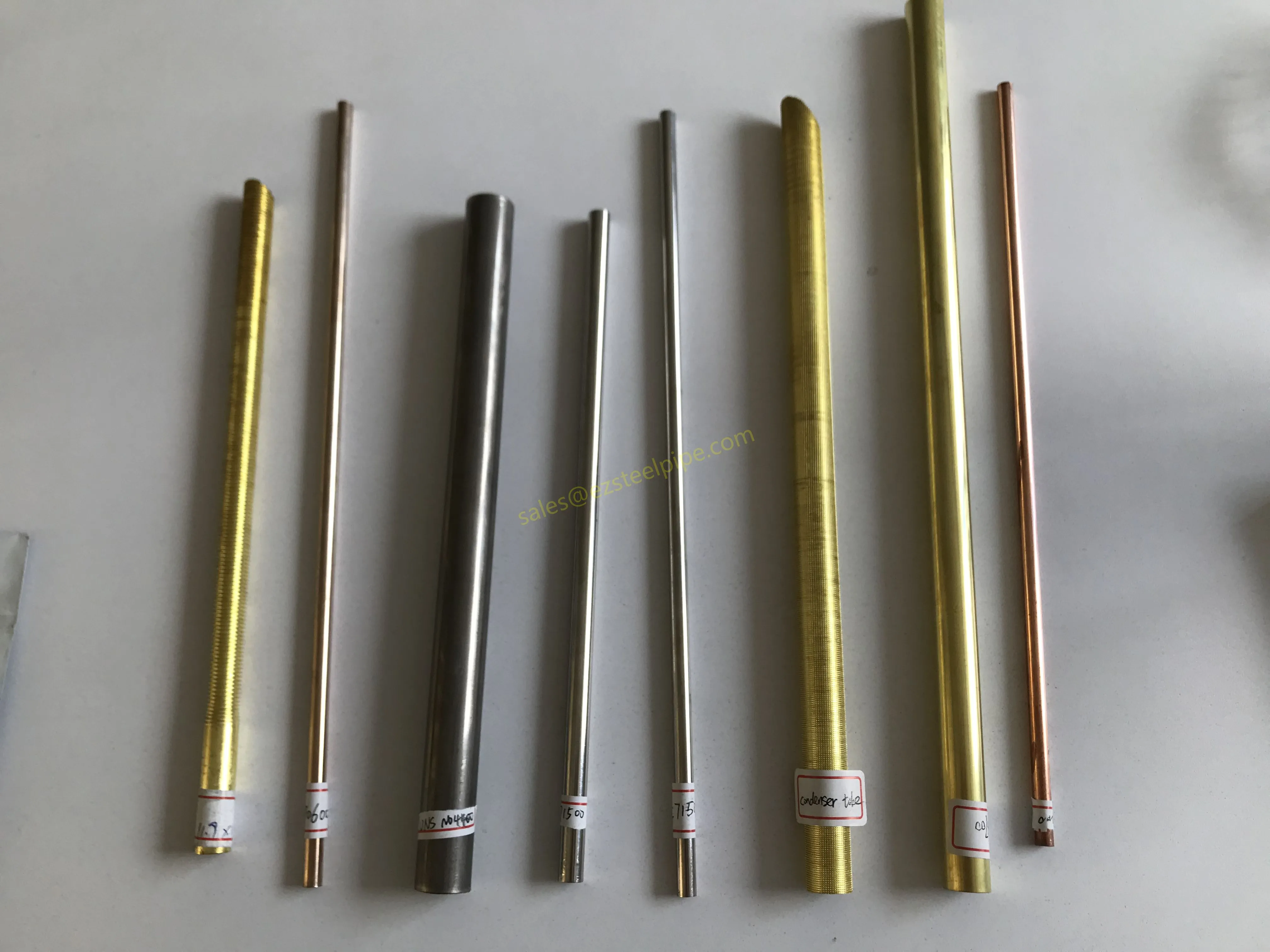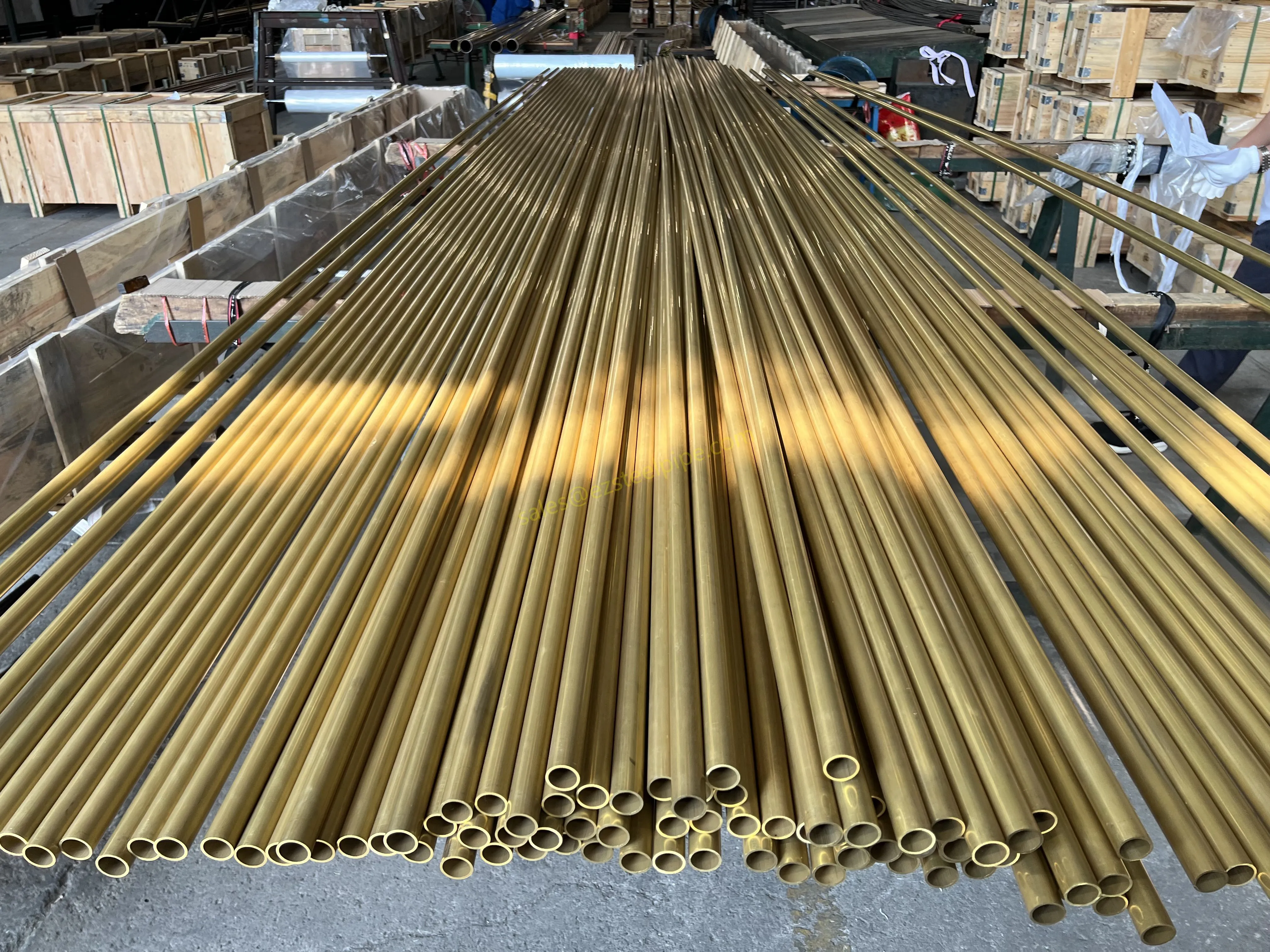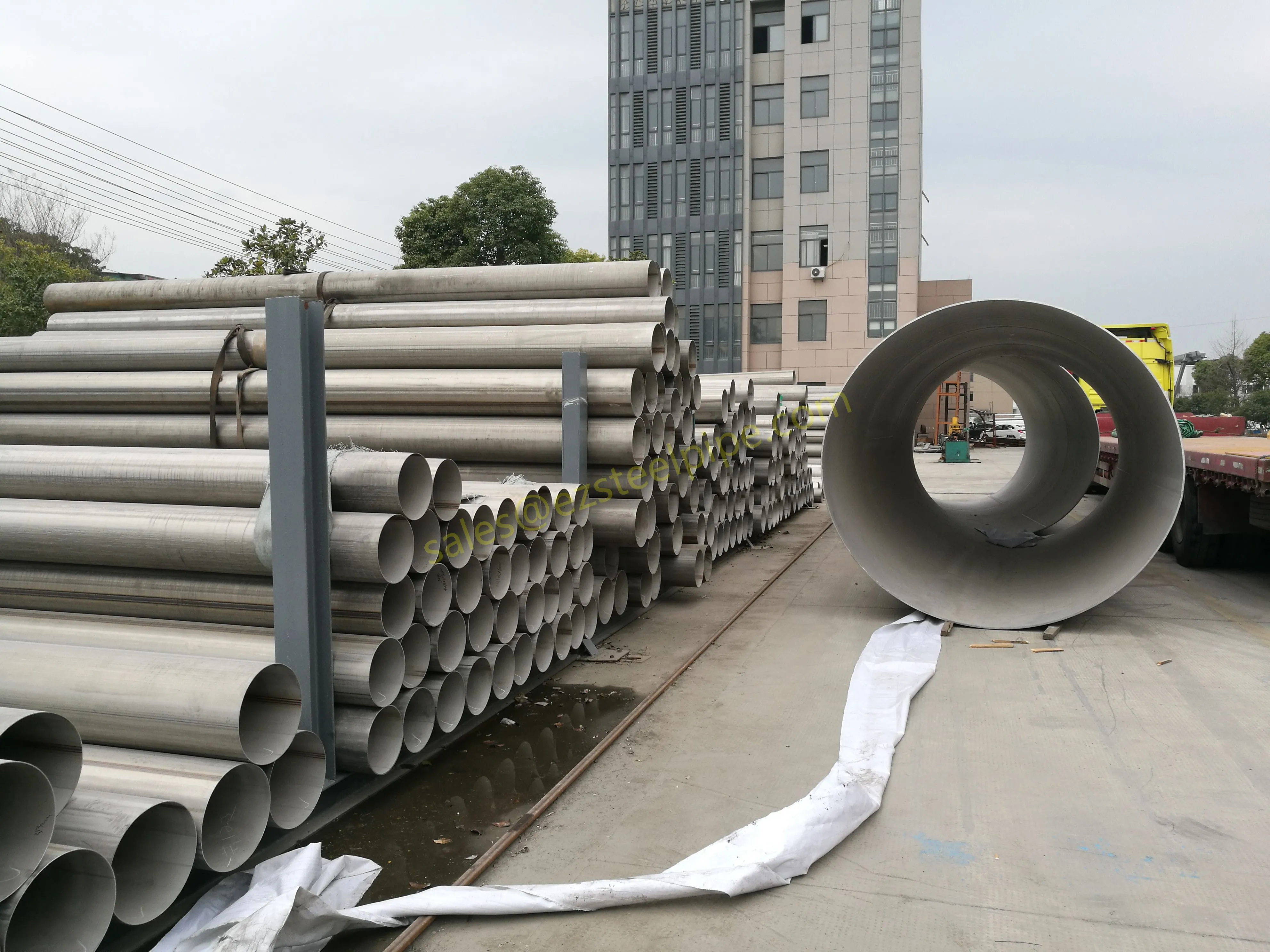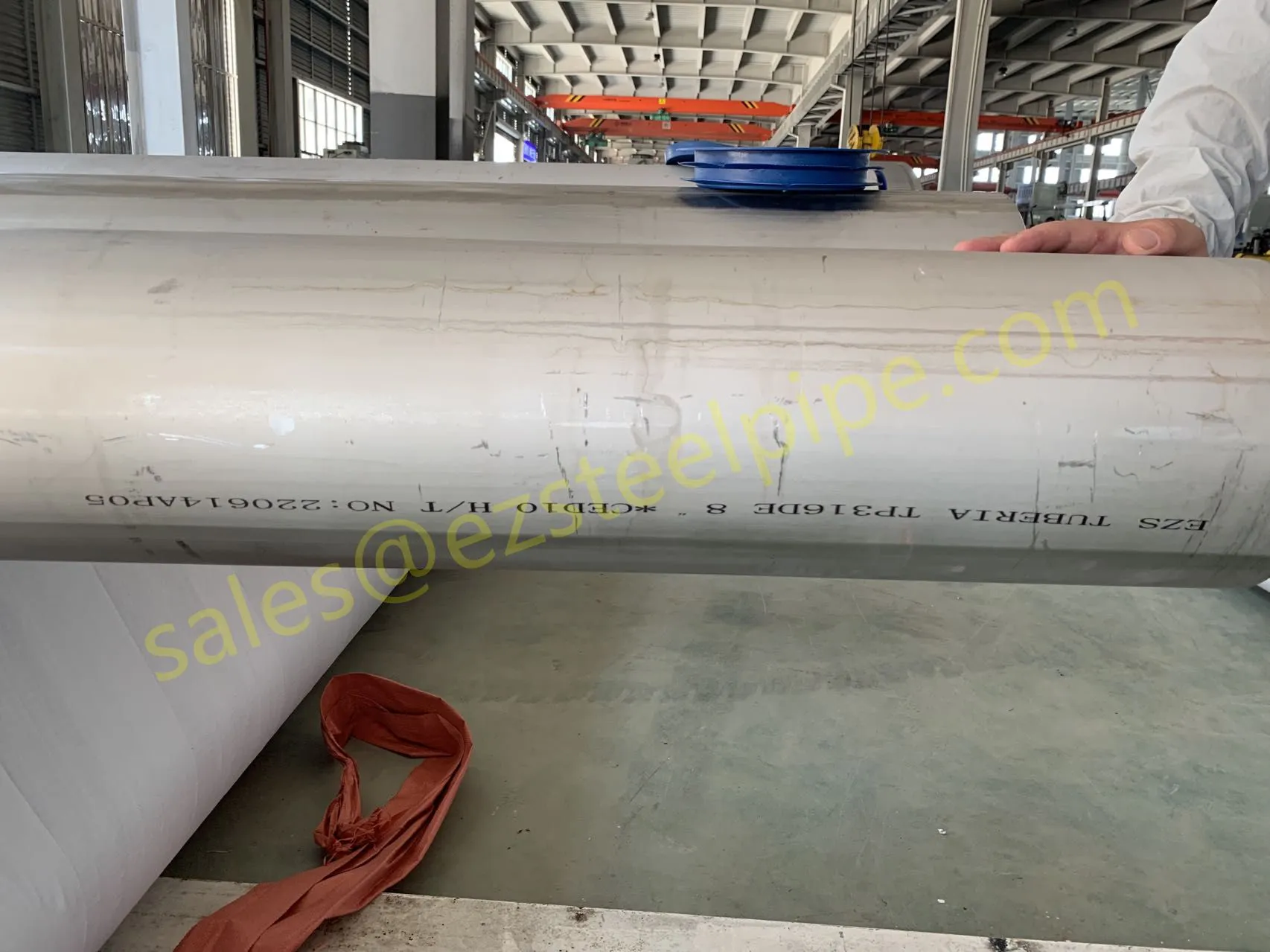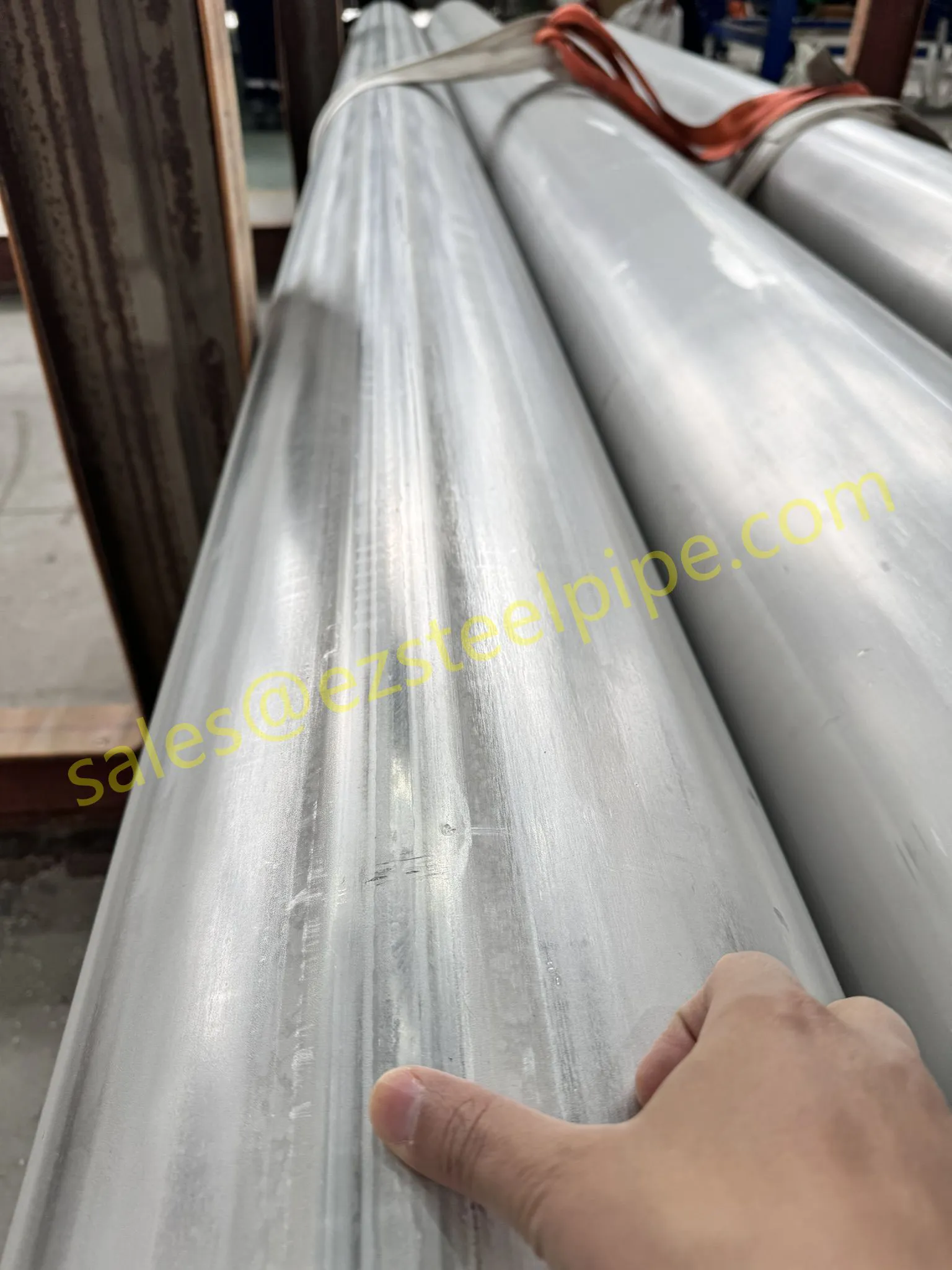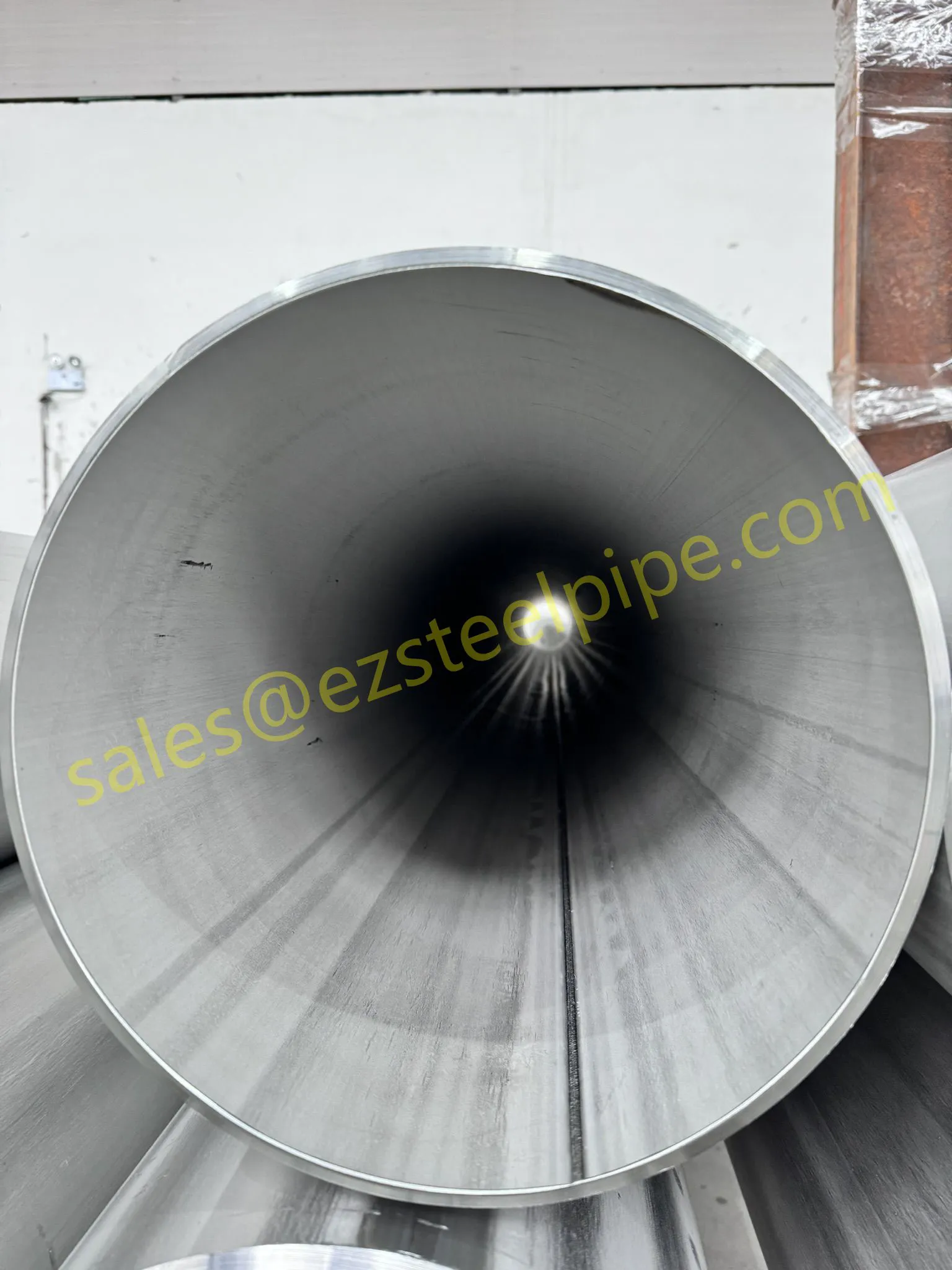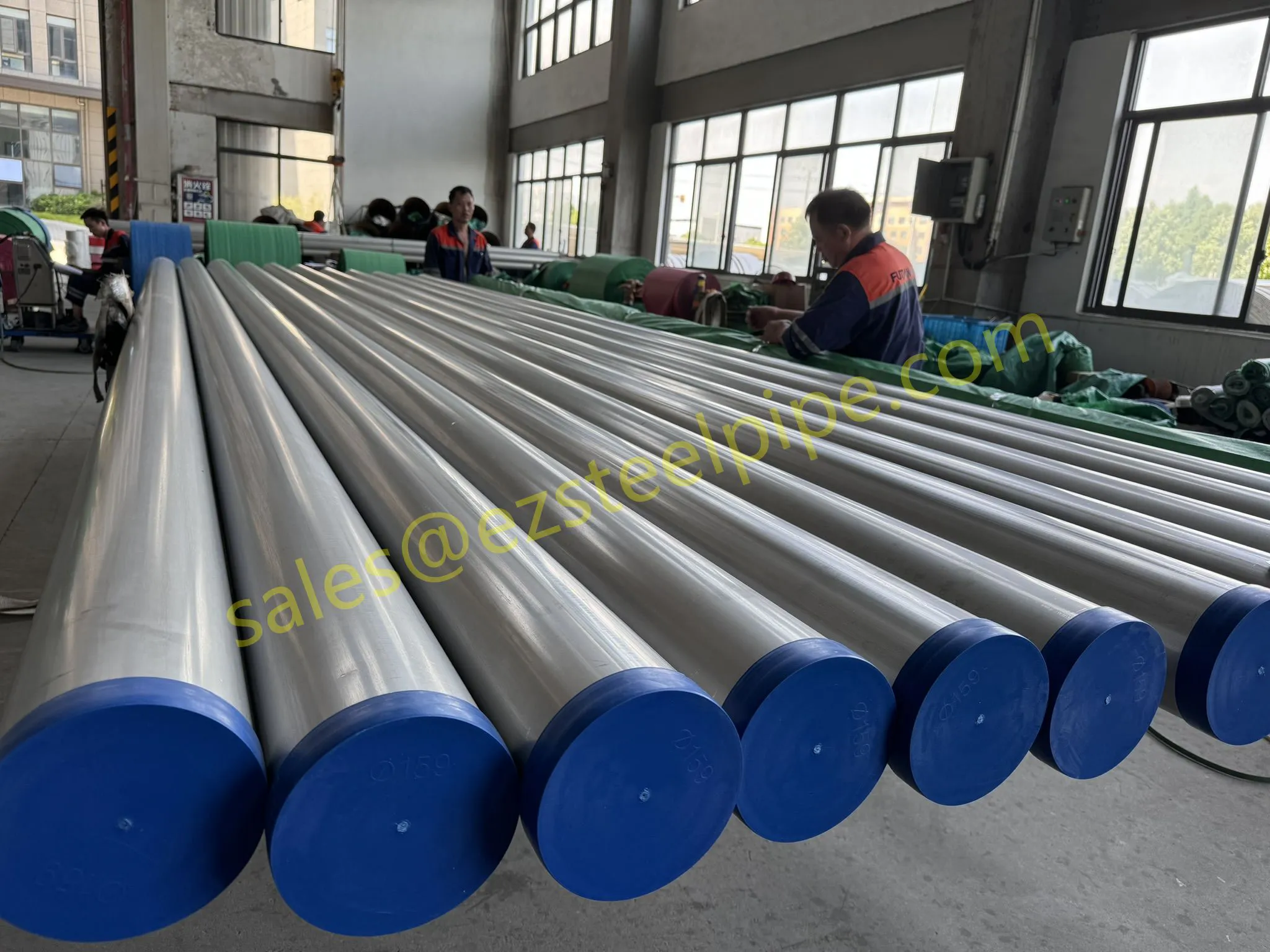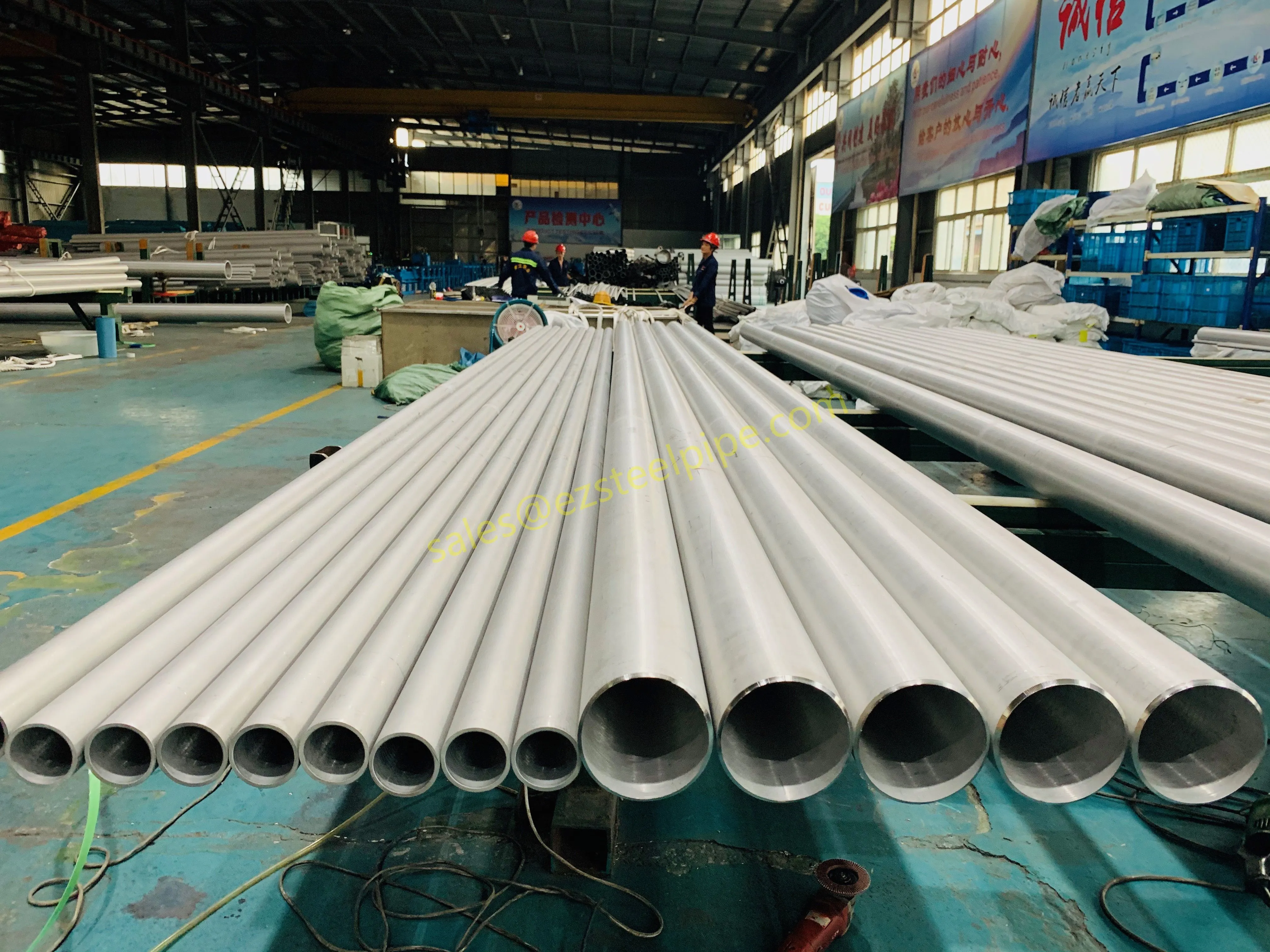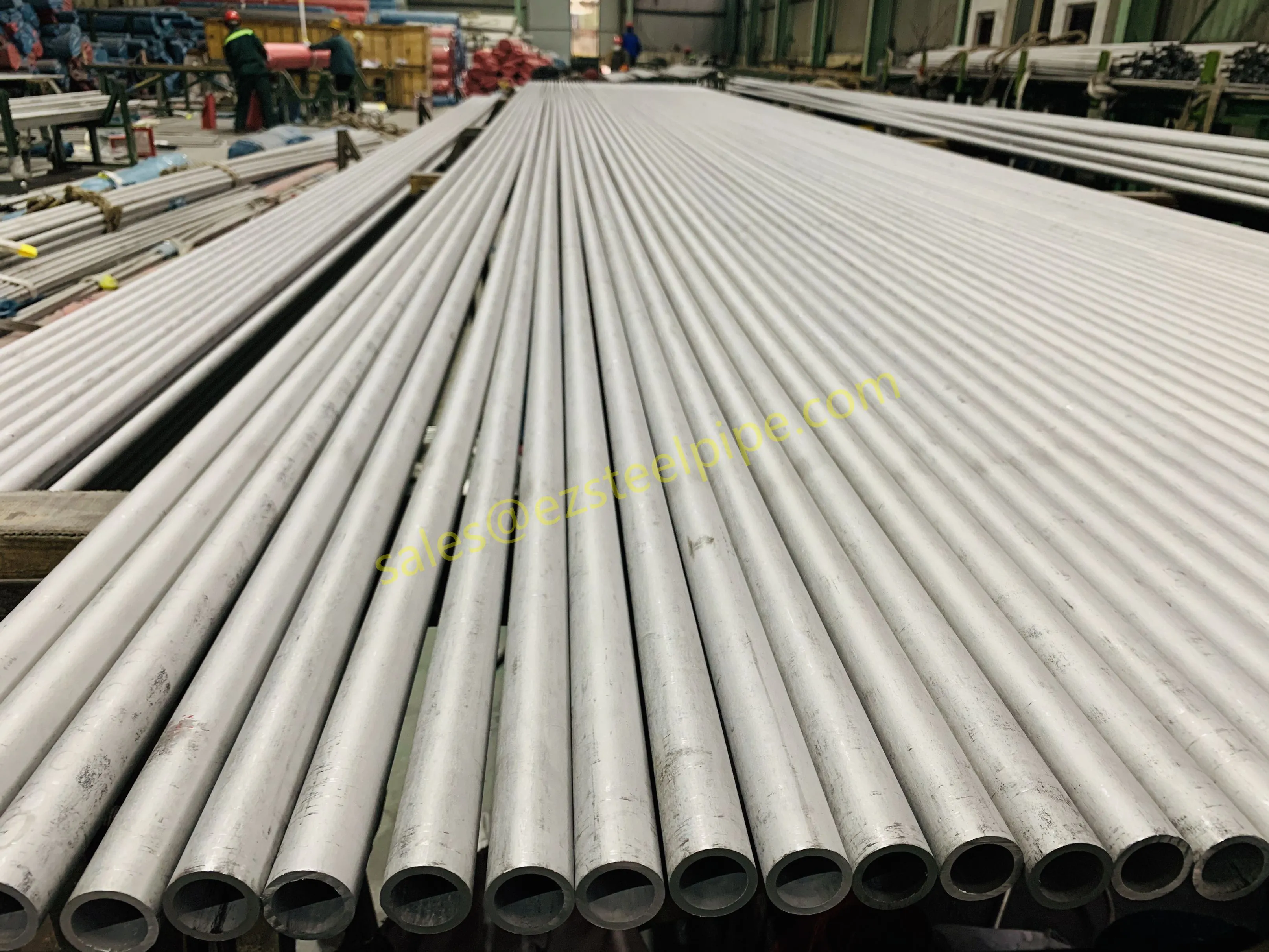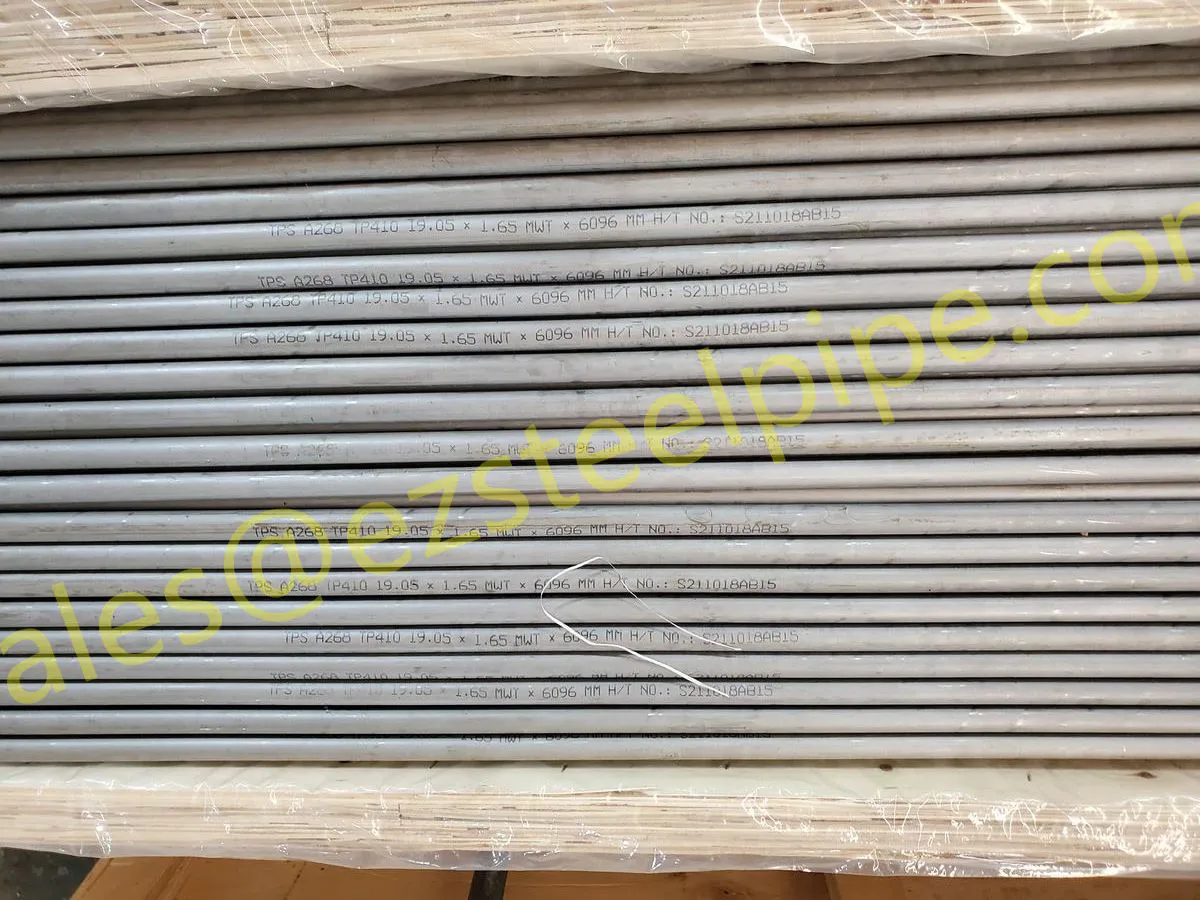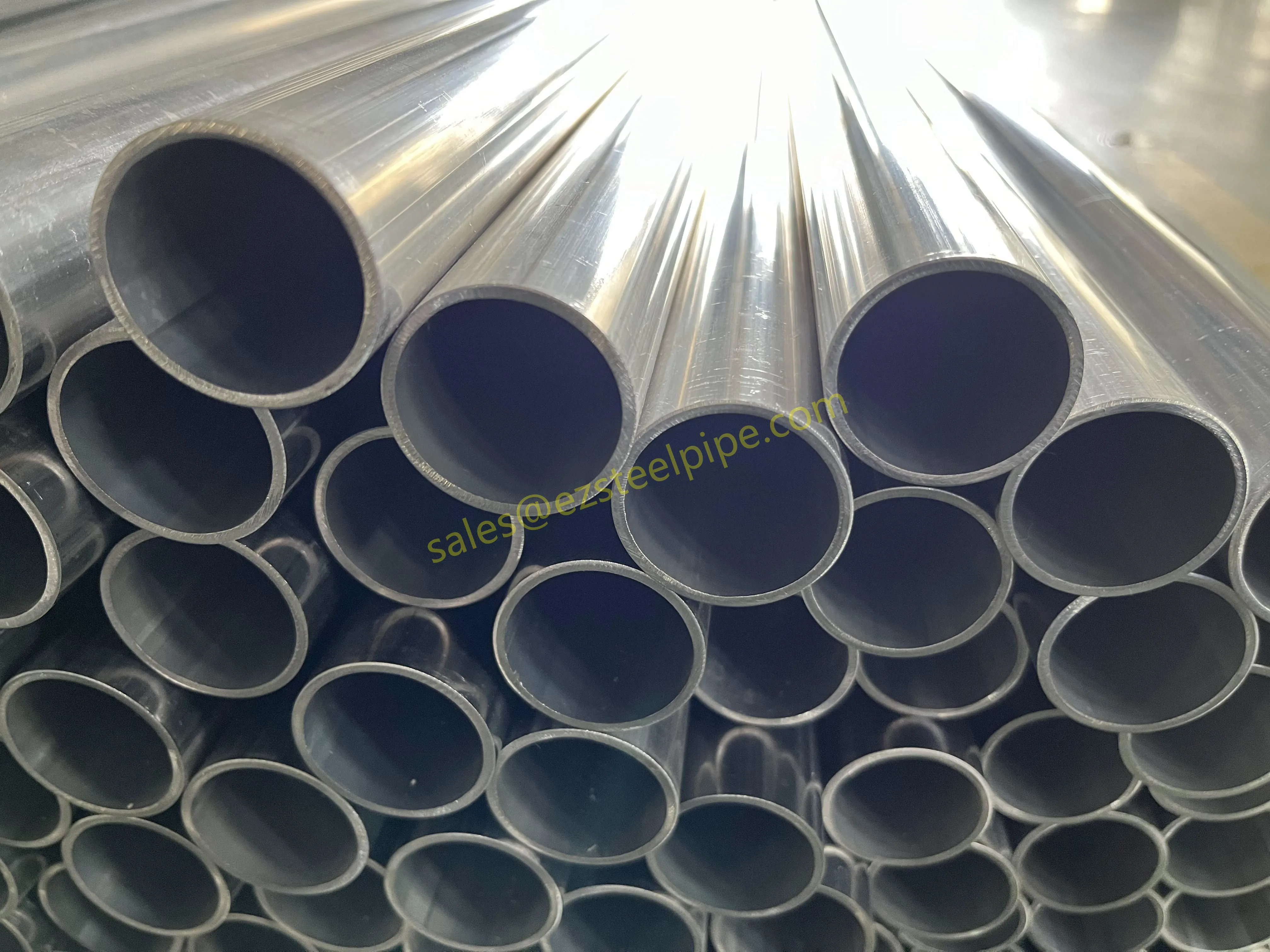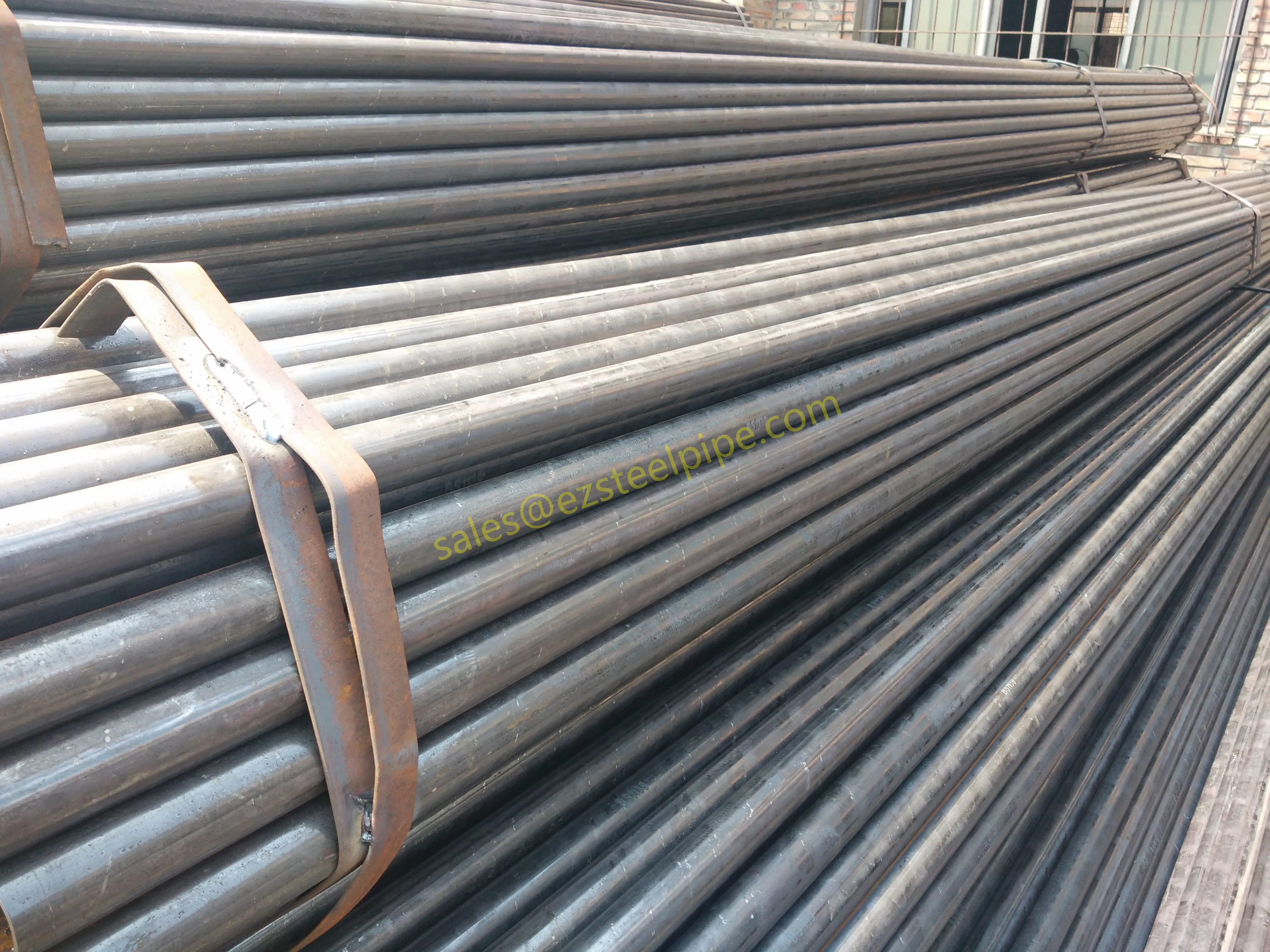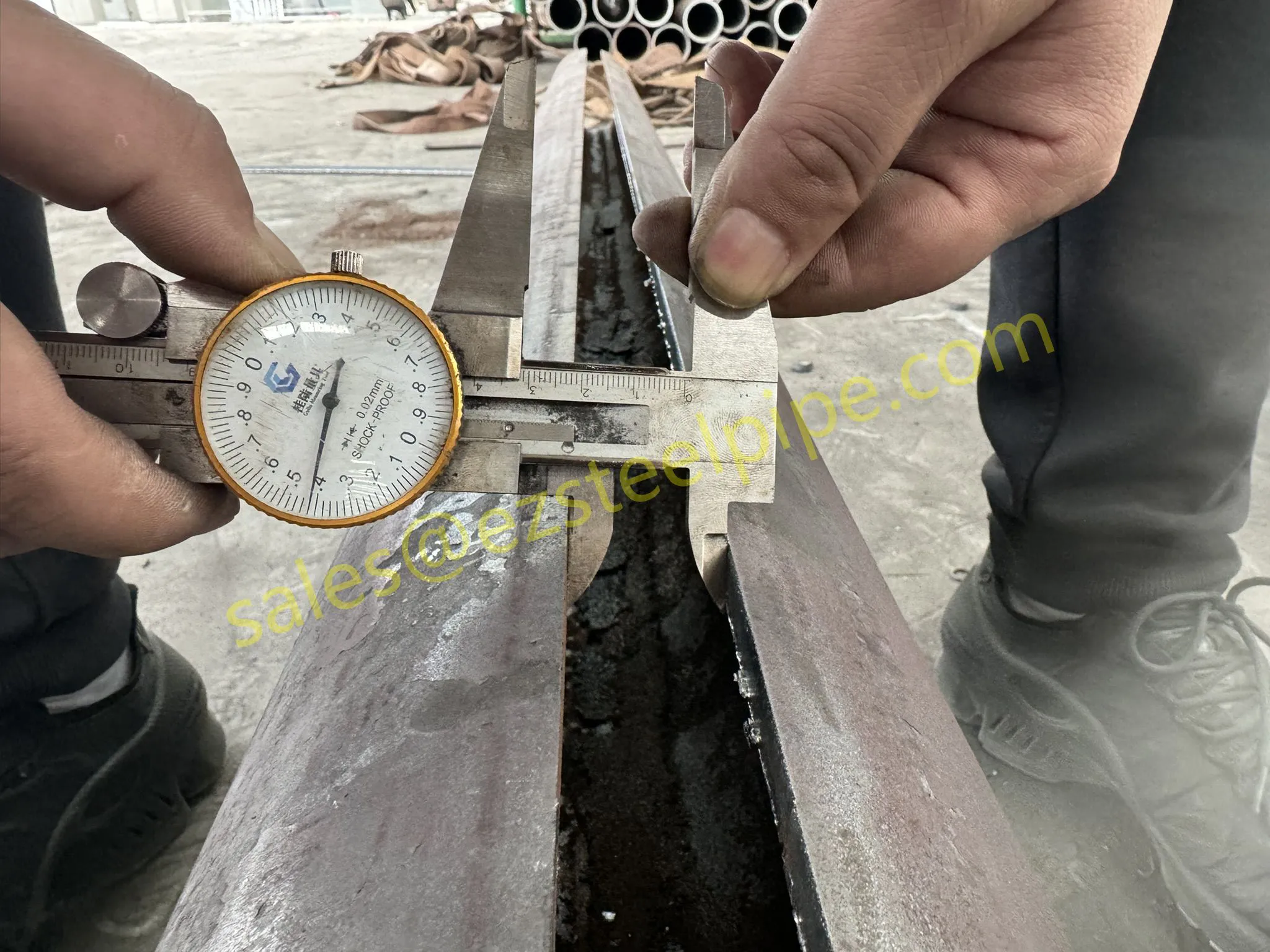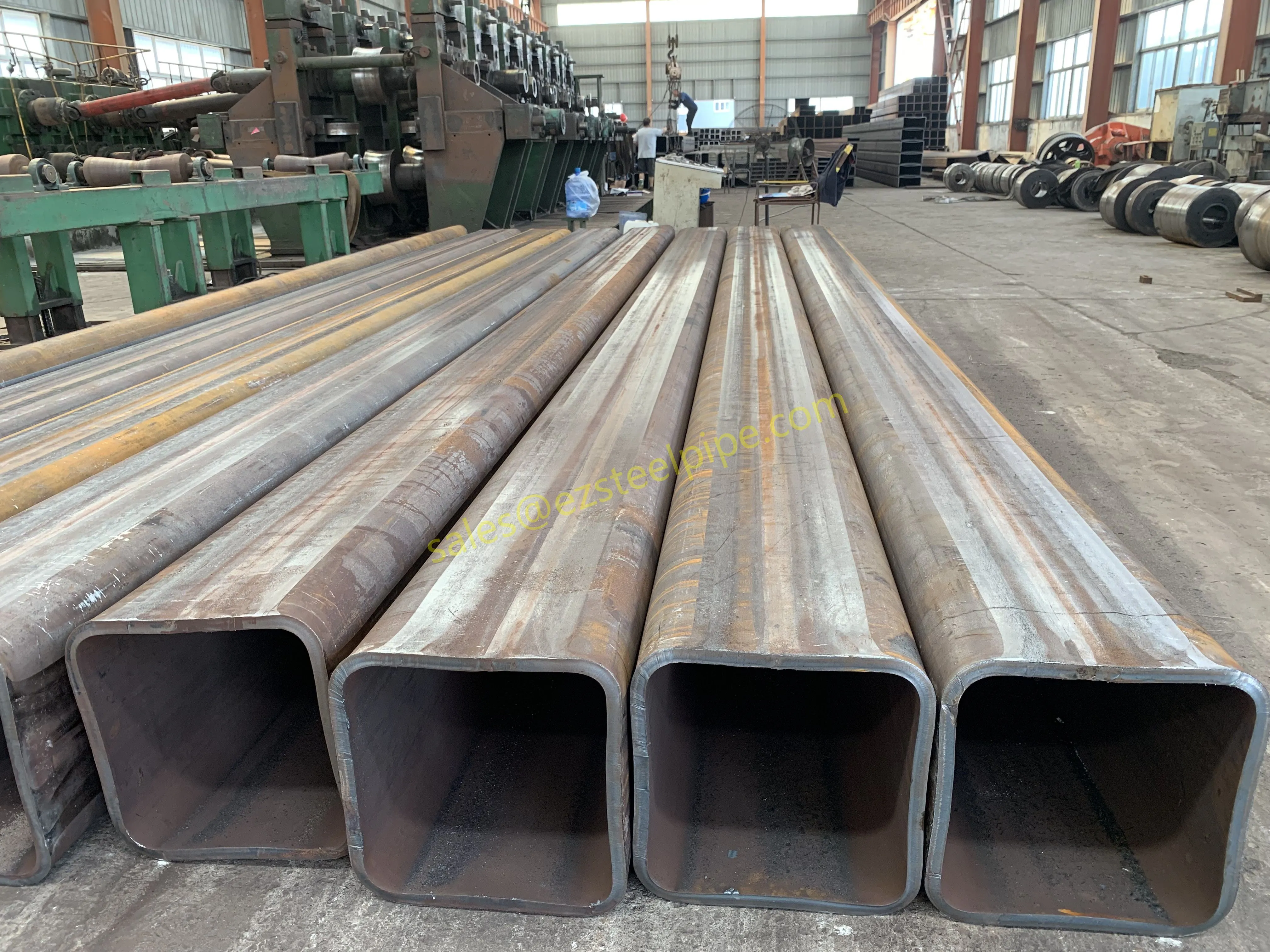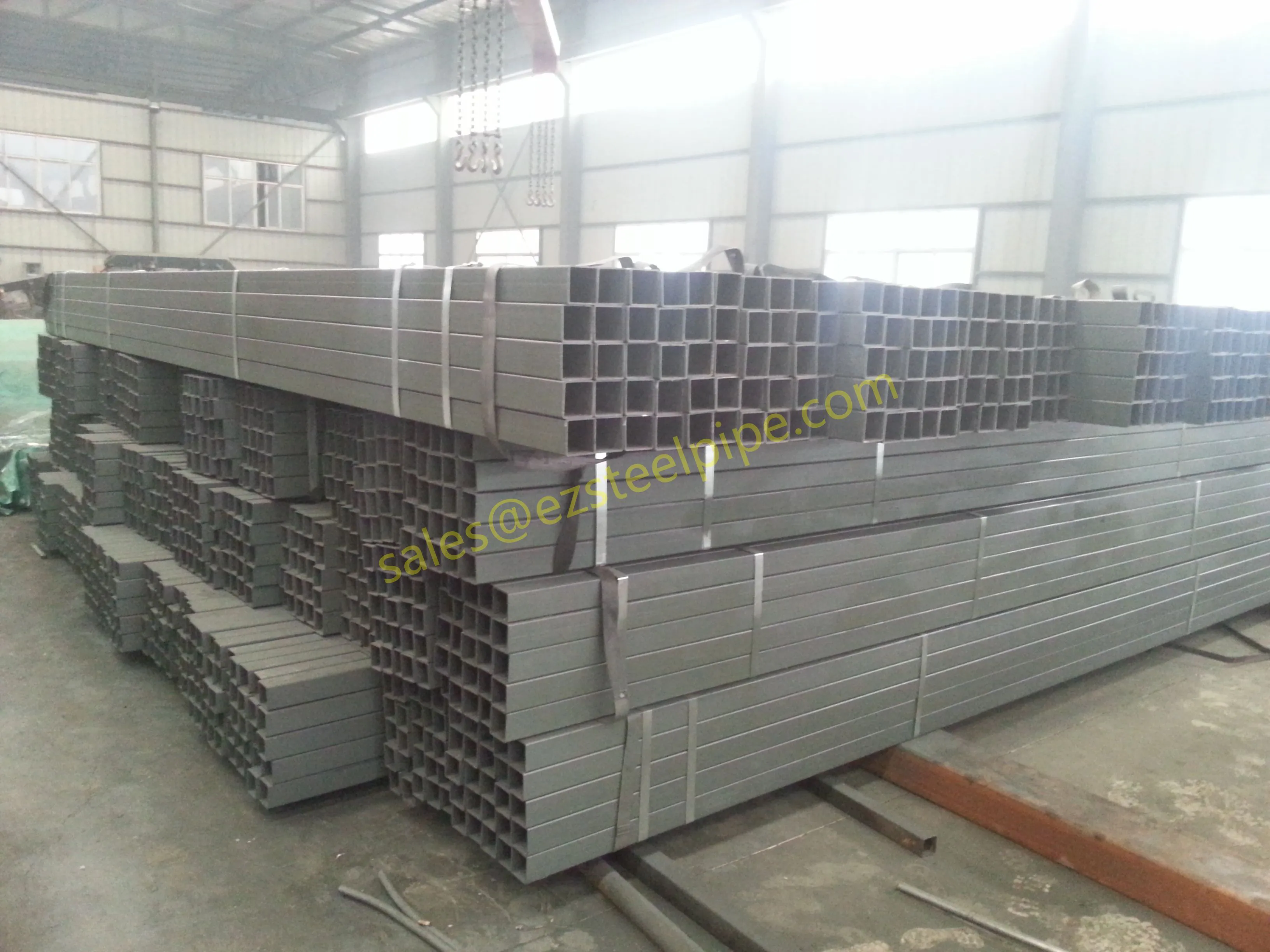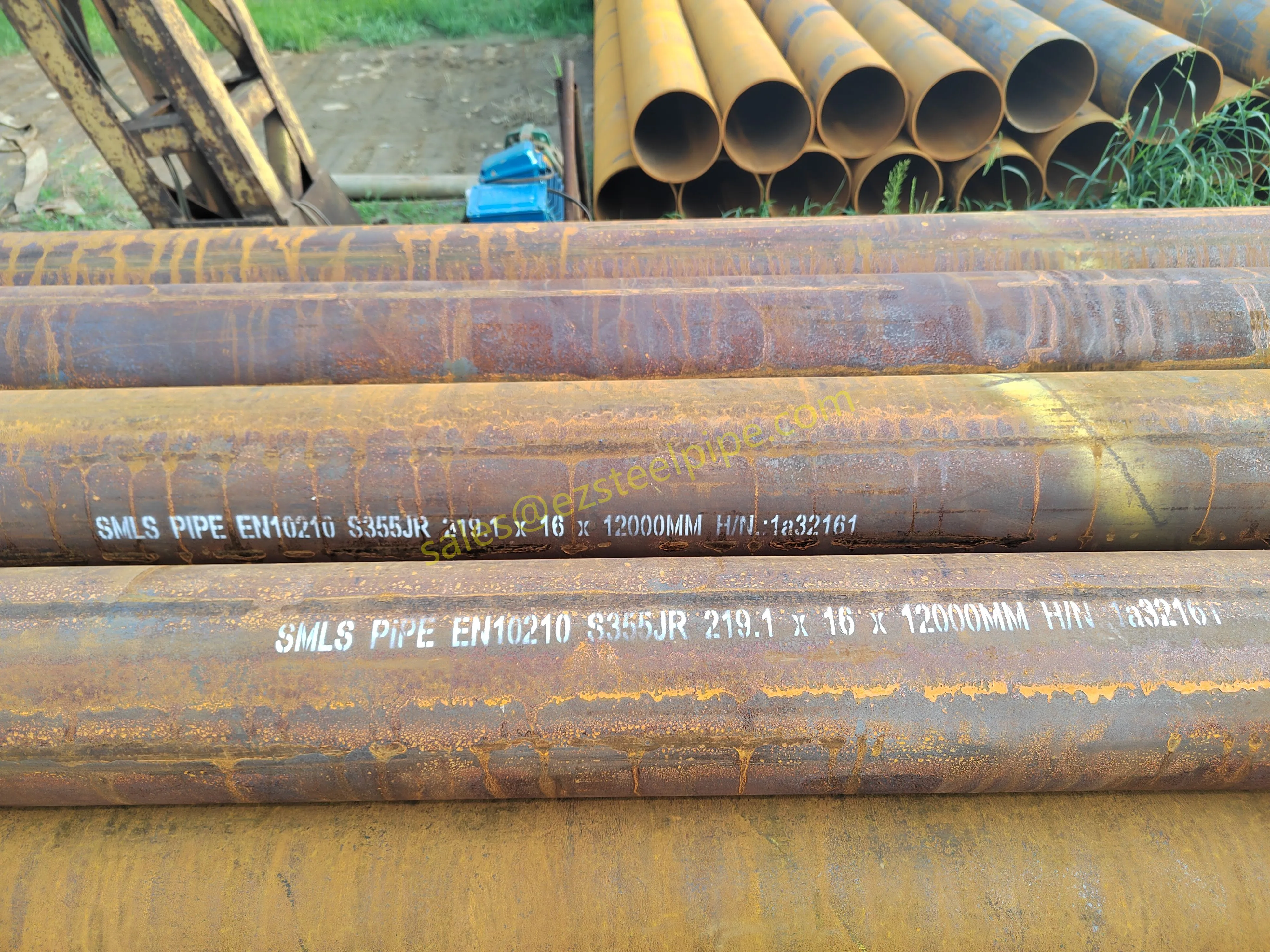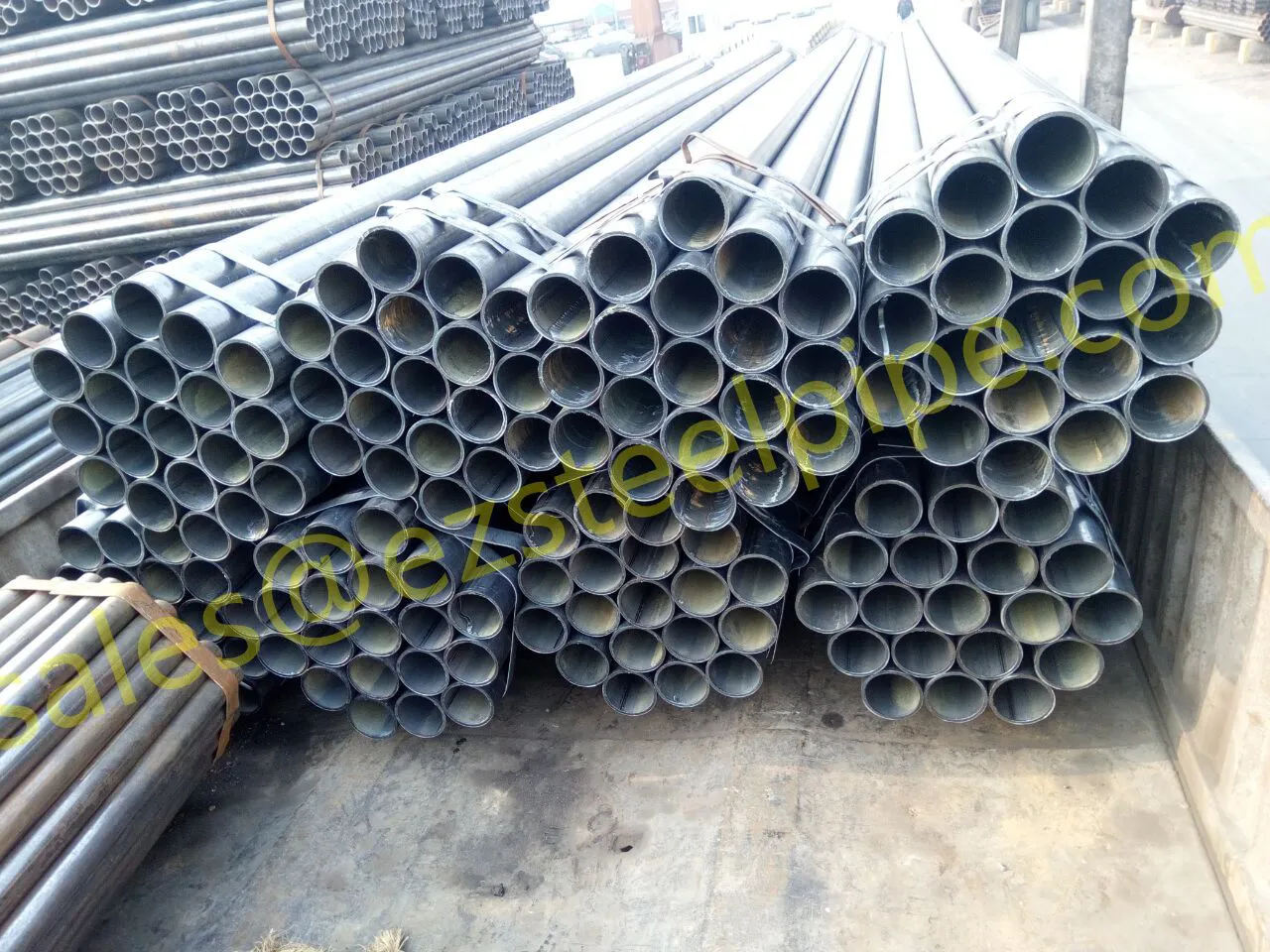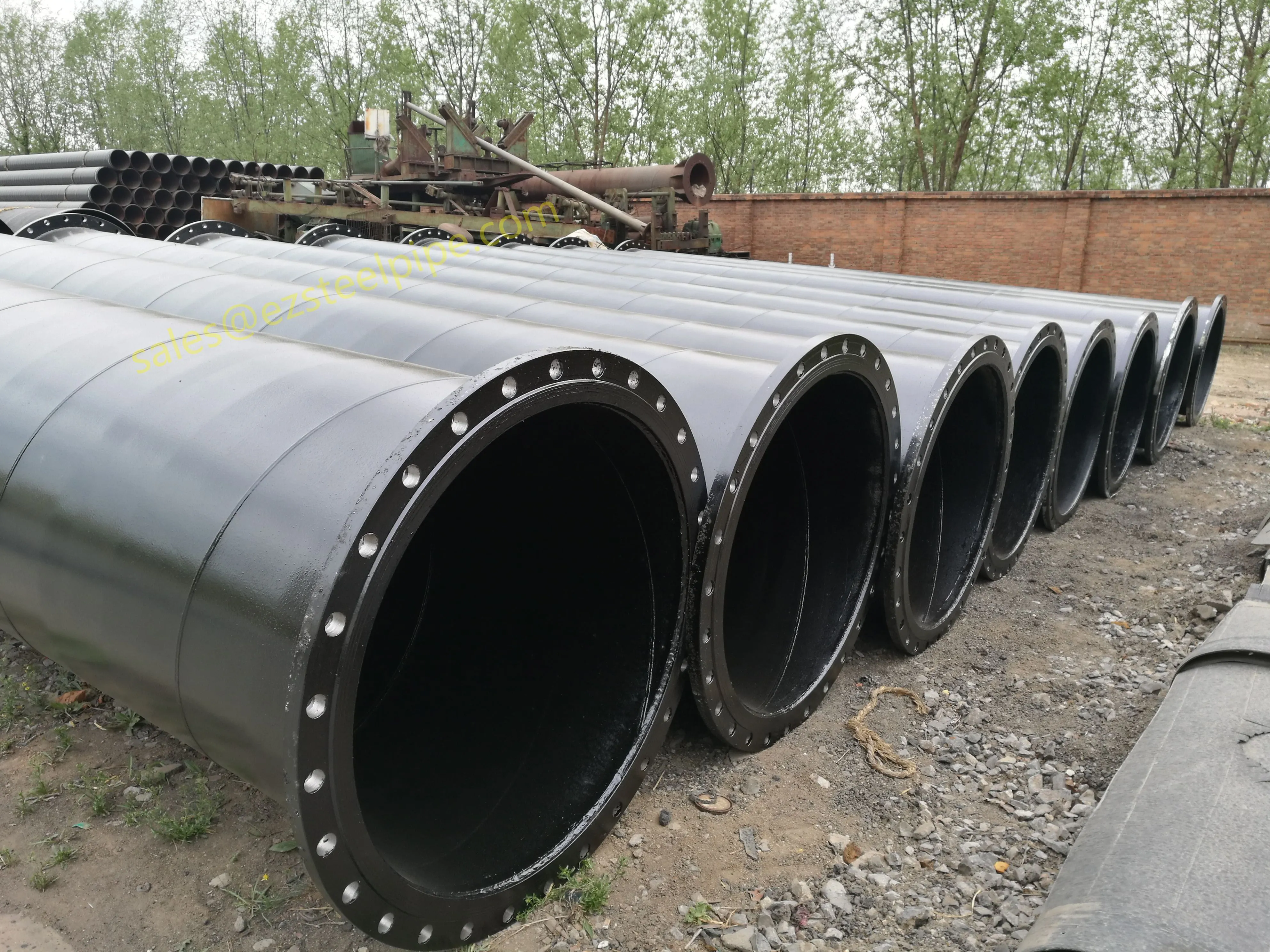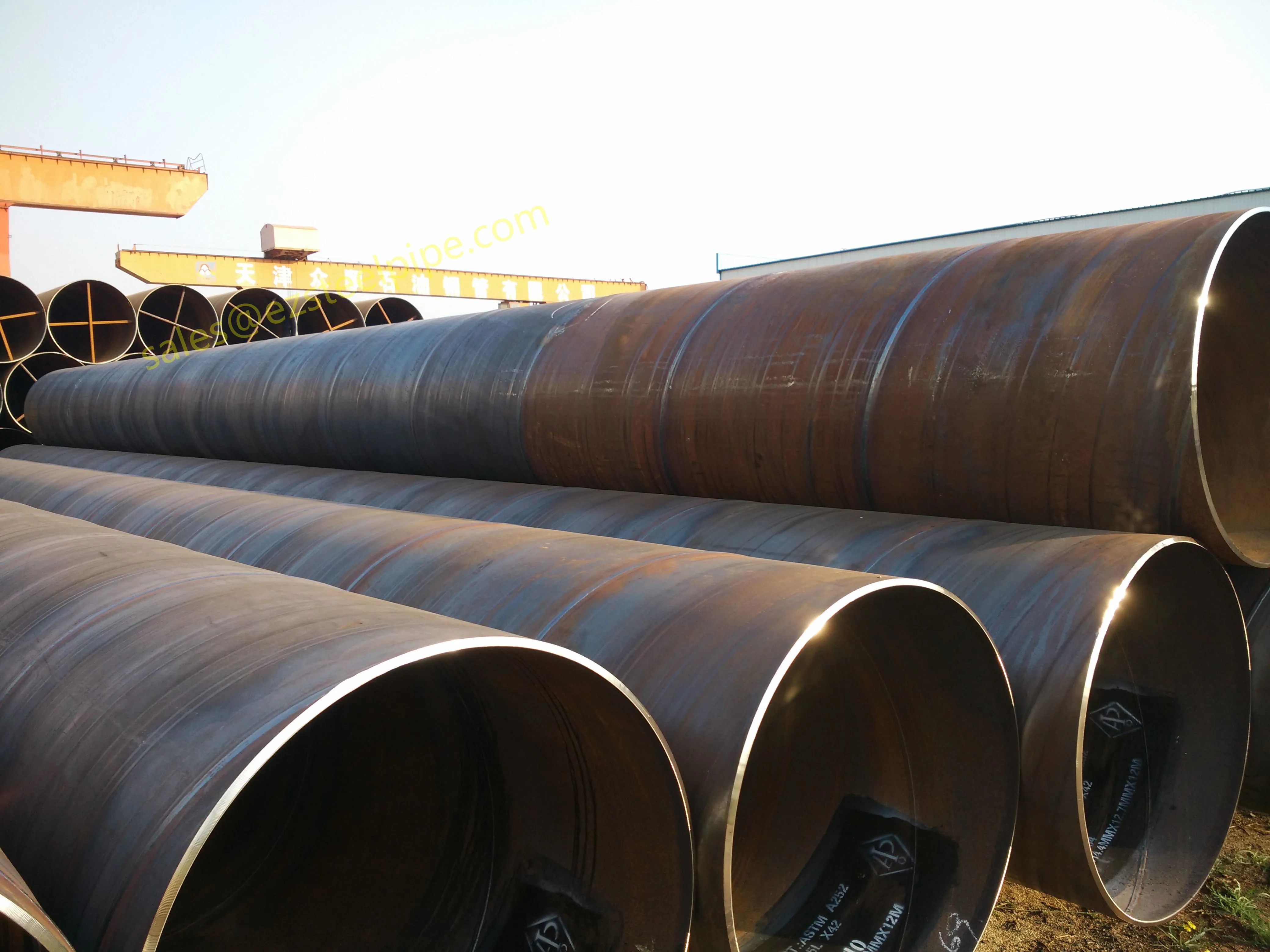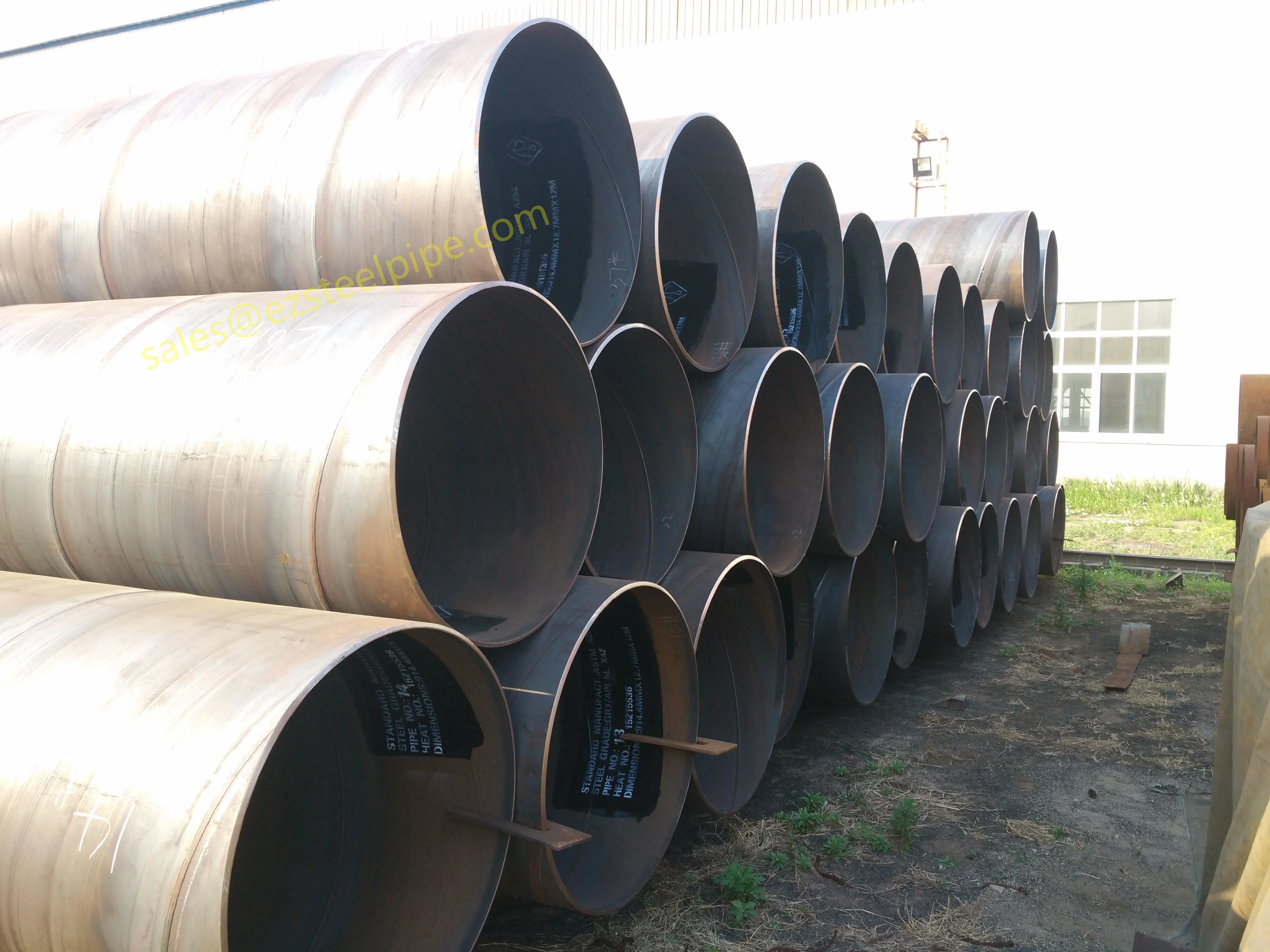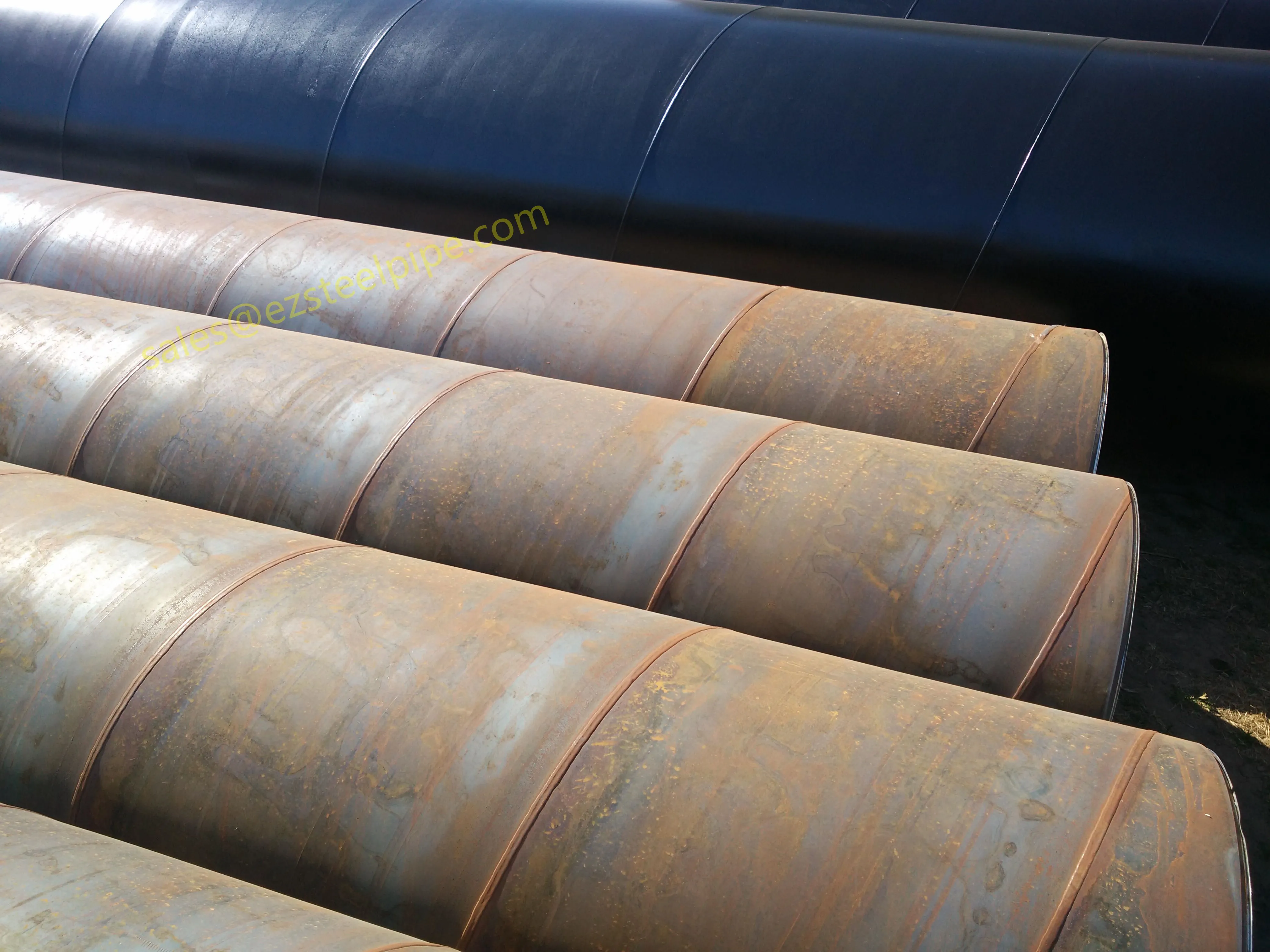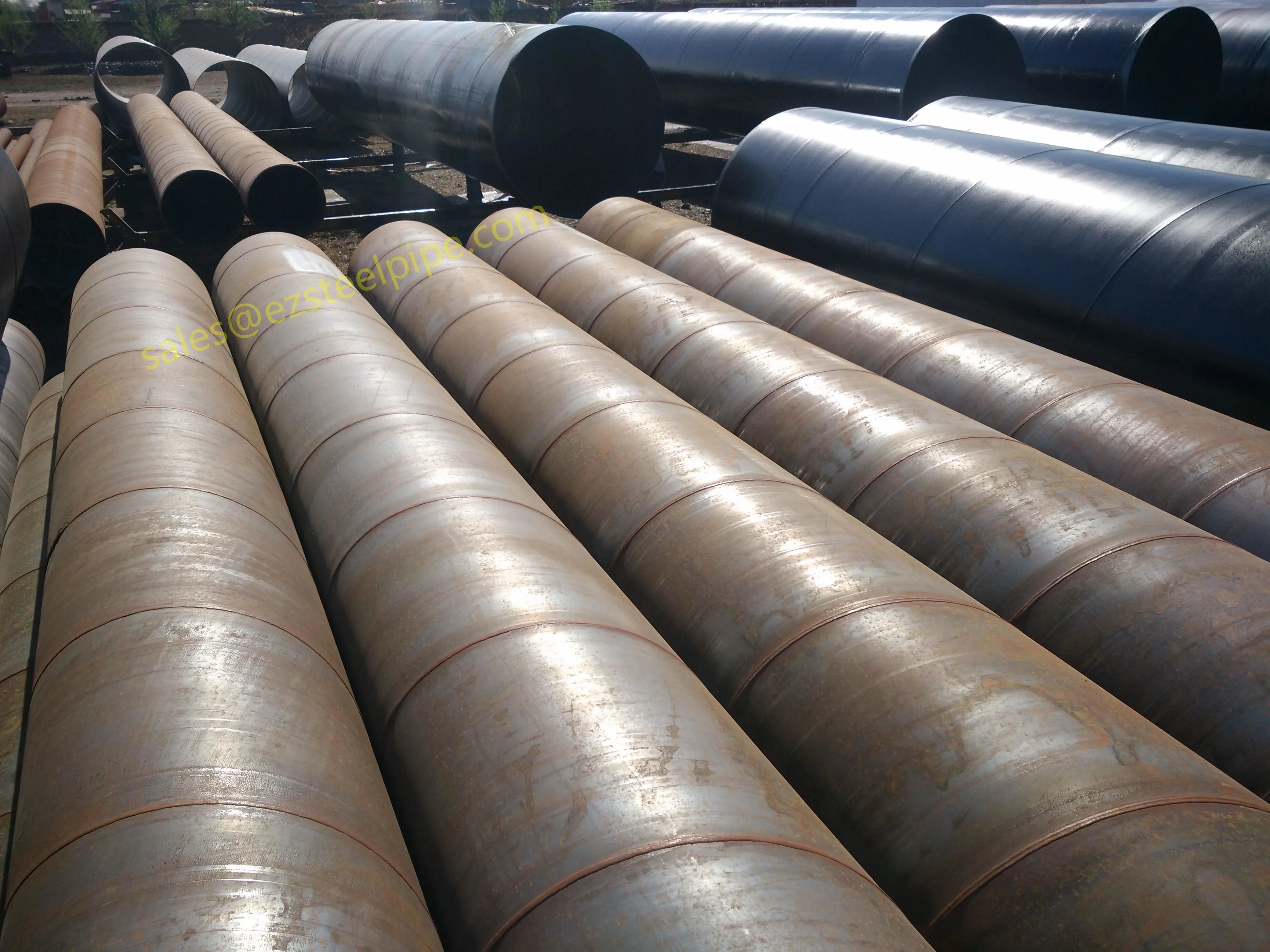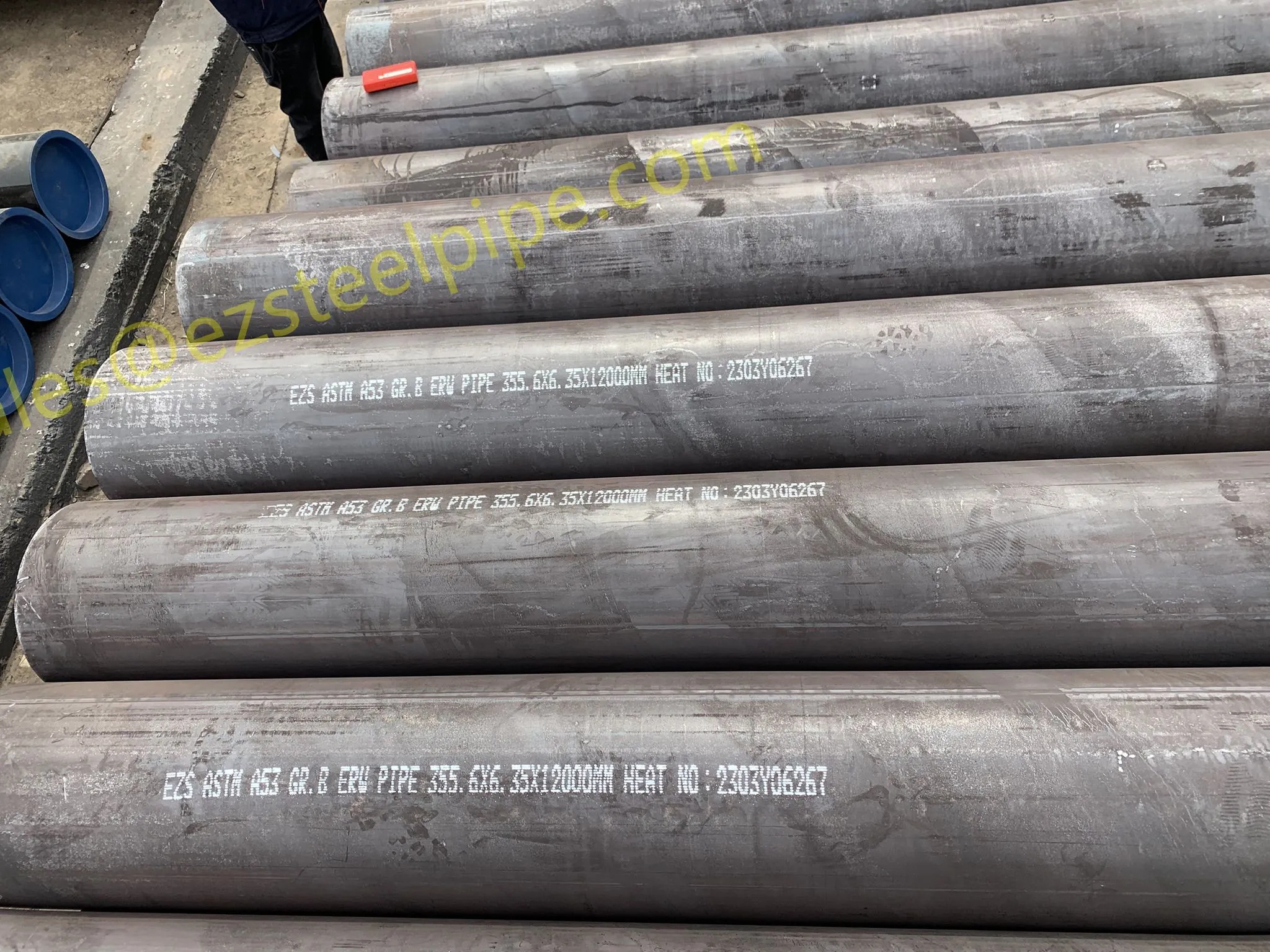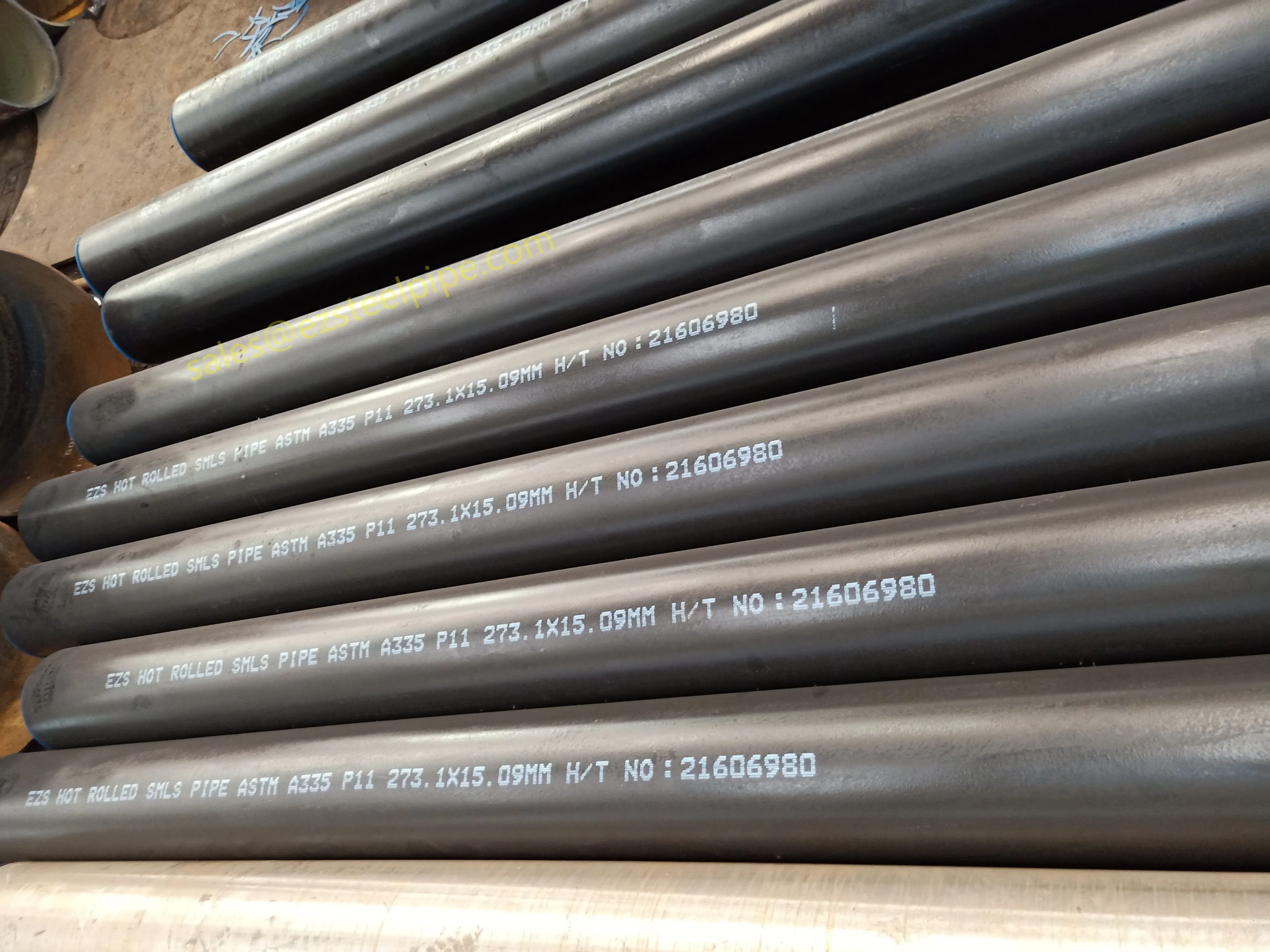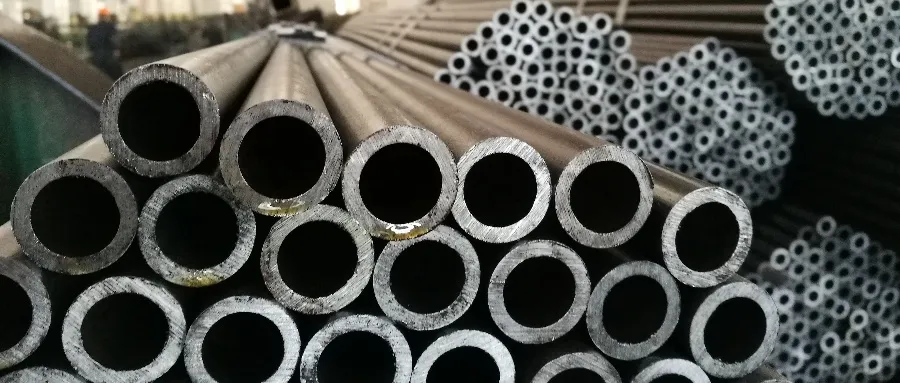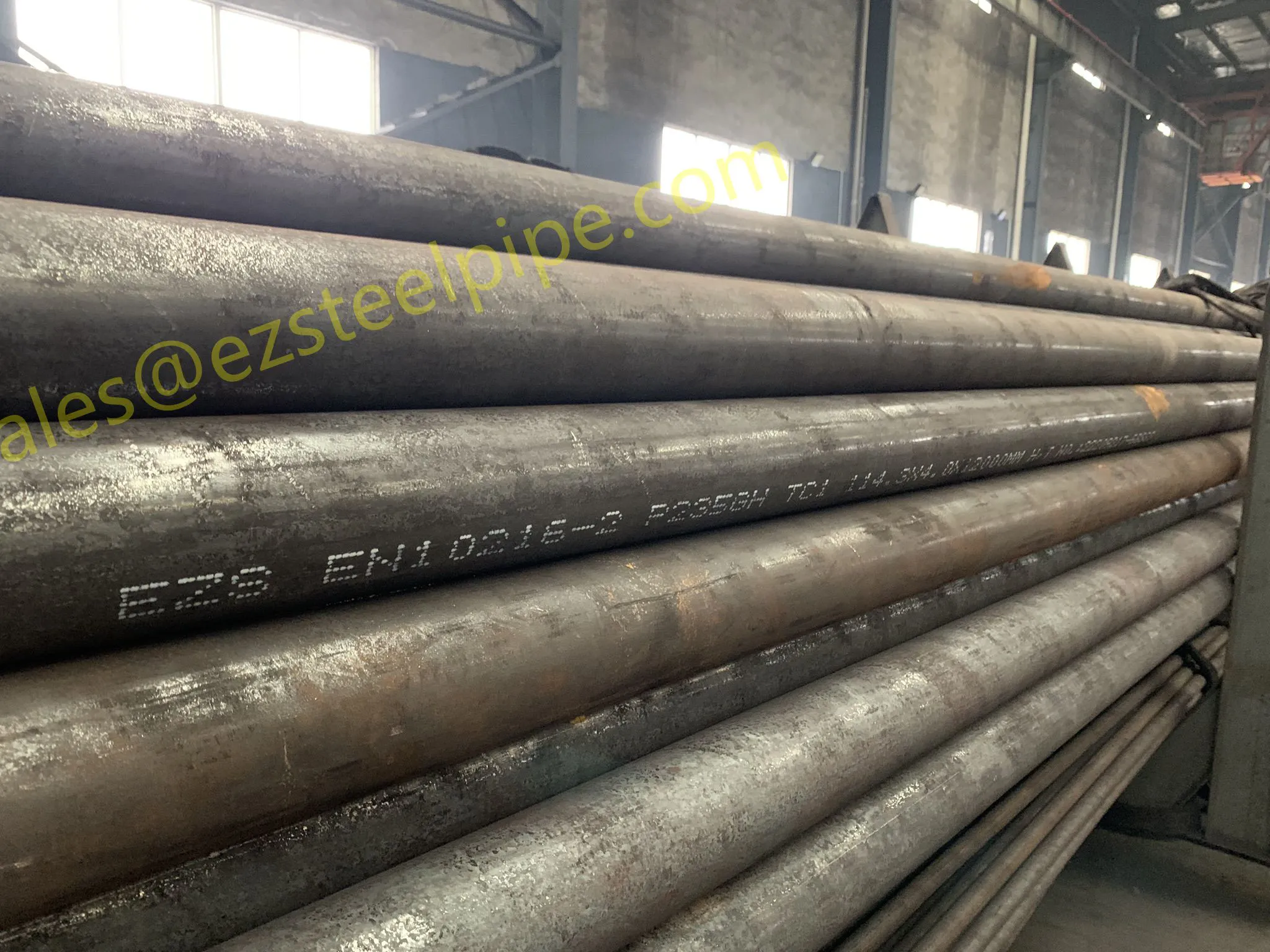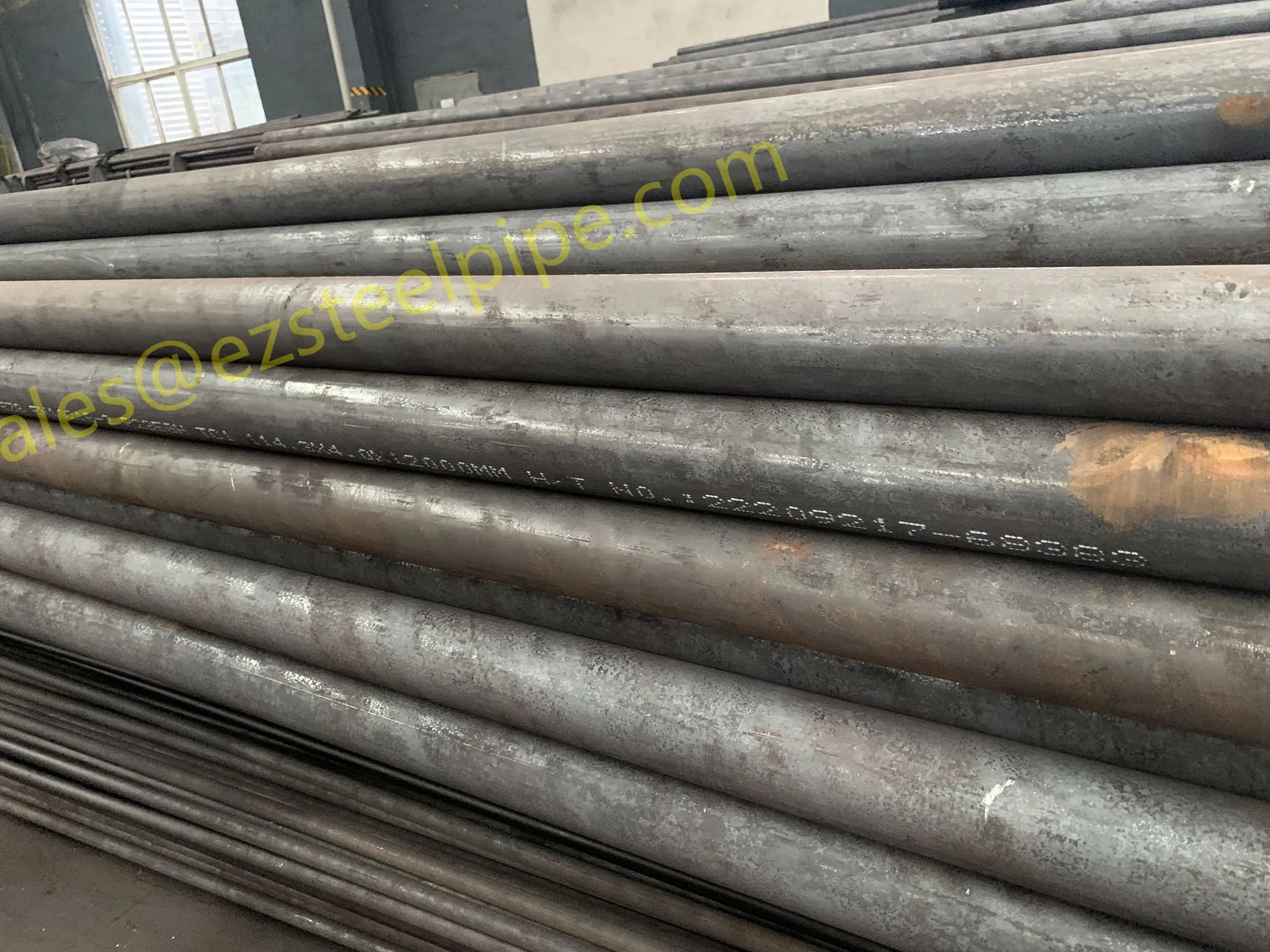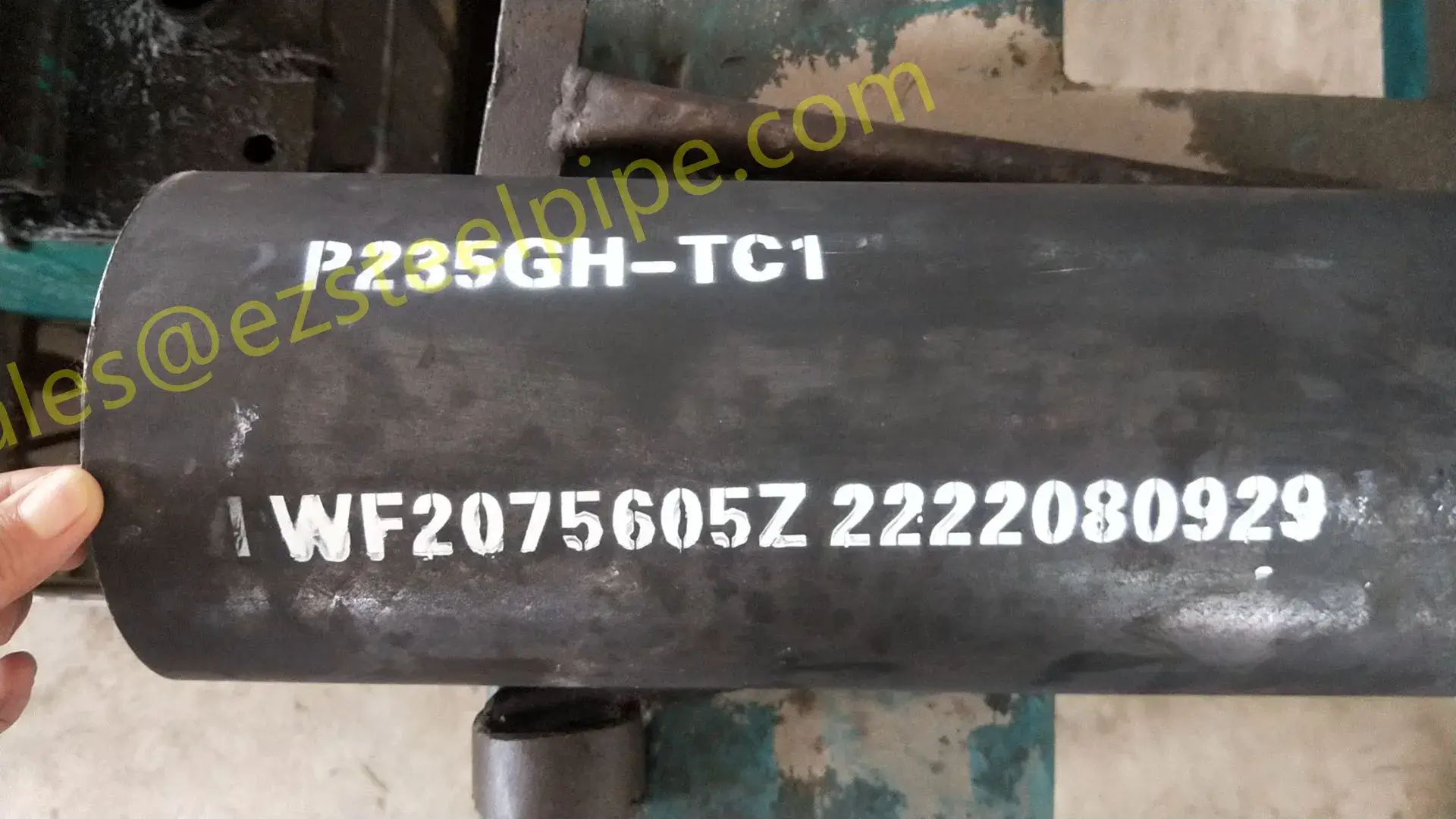When you're out at sea, the last thing on anyone's mind is the complex machinery working tirelessly below deck. But for those in marine manufacturing, every component matters—especially the ones that keep the heart of a ship beating. Heat exchanger tubes, often overlooked, are the unsung heroes of marine systems. They quietly transfer heat between fluids, ensuring engines don't overheat, HVAC systems function, and even desalination units turn saltwater into drinkable water. But here's the catch: the marine environment is brutal. Saltwater, humidity, constant vibration, and extreme pressure create a perfect storm for corrosion. In this world, a single corroded tube can lead to system failure, costly downtime, or worse—safety risks. That's why choosing the right corrosion-resistant materials for heat exchanger tubes isn't just a purchase; it's an investment in reliability. Let's dive into how wholesale heat exchanger tubes, built with the right materials, are transforming marine & ship-building projects worldwide.
Why Heat Exchanger Tubes Are Non-Negotiable in Marine Manufacturing
Imagine a large cargo ship crossing the Atlantic. Its engine, a massive piece of machinery, generates enough heat to melt metal. Without a way to cool it down, the engine would seize up in hours. Enter heat exchanger tubes: they circulate cool seawater (or freshwater) around hot engine components, absorbing excess heat and releasing it back into the ocean. But it's not just engines—heat exchangers are everywhere in marine systems. They regulate temperature in crew quarters, power desalination plants, and even help with fuel processing. In short, they're the "thermostat" of the ship.
In marine manufacturing, reliability is everything. A breakdown at sea isn't just inconvenient; it's dangerous. Heat exchanger tubes, which handle constant fluid flow and temperature changes, are under immense stress. When they fail—whether due to corrosion, wear, or poor material choice—the consequences ripple through the entire vessel. Engine overheating, loss of power, or even contamination of freshwater supplies can ground a ship for weeks, costing operators millions in repairs and lost revenue. That's why marine engineers and manufacturers don't just "buy" heat exchanger tubes—they select them with the same care as they would a ship's hull or navigation system.
Corrosion: The Silent Enemy of Marine Heat Exchangers
Corrosion in the marine environment isn't just rust—it's a silent, relentless attacker. Saltwater, with its high chloride content, is an electrolyte that speeds up electrochemical reactions. When metal tubes come into contact with seawater, oxygen, and other impurities, a process called pitting corrosion begins. Tiny holes form on the tube surface, growing larger over time until they puncture the tube wall. Crevice corrosion is another threat: it occurs in tight spaces, like where tubes connect to fittings, trapping saltwater and accelerating decay. Even stainless steel, often thought of as "corrosion-proof," can fall victim to chloride stress cracking in these conditions.
The cost of corrosion in marine manufacturing is staggering. According to industry reports, corrosion-related failures account for up to 25% of all marine equipment breakdowns. For heat exchanger tubes, this means frequent replacements, which aren't cheap. A single ship might have dozens of heat exchanger units, each with hundreds of tubes. Replacing them requires dry-docking the ship, disassembling systems, and sourcing new parts—all while the vessel isn't generating income. Worse, if a corroded tube leaks, it can mix fluids (e.g., oil and water), leading to engine damage or environmental contamination. In today's era of strict maritime regulations, the reputational cost of an oil spill or safety violation can be even higher than the financial one.
Corrosion-Resistant Materials: The Foundation of Durable Heat Exchanger Tubes
The key to beating marine corrosion lies in choosing the right materials. Not all metals are created equal when it comes to standing up to saltwater, humidity, and pressure. Let's break down the top contenders for marine heat exchanger tubes, each with unique strengths that make them indispensable in marine & ship-building.
Copper & Nickel Alloy Tubes: The Marine Workhorse
Copper-nickel (Cu-Ni) alloys, particularly 70/30 (70% copper, 30% nickel) and 90/10 (90% copper, 10% nickel), are the gold standard for marine heat exchanger tubes. Why? They're naturally resistant to seawater corrosion, thanks to a thin, protective oxide layer that forms on their surface. This layer self-heals when damaged, preventing further decay. Cu-Ni tubes also resist biofouling—the growth of algae, barnacles, and other marine organisms that can clog tubes and reduce heat transfer efficiency. For ships operating in warm, tropical waters, where biofouling is rampant, this is a game-changer.
Take the 90/10 Cu-Ni alloy, for example. It's widely used in seawater cooling systems because it balances corrosion resistance with affordability. The 70/30 alloy, with more nickel, offers even better resistance to pitting and erosion, making it ideal for high-velocity fluid flows (e.g., in fast ferries or naval vessels). Both alloys comply with strict standards like BS2871 (British) and EEMUA 144 (Engineering Equipment and Materials Users' Association), ensuring they meet marine industry requirements. It's no wonder that 70% of all marine heat exchanger tubes today are made from copper-nickel alloys—they've proven themselves in decades of real-world use.
Stainless Steel Tubes: Strength in Versatility
Stainless steel, especially austenitic grades like 316L, is another popular choice for marine heat exchanger tubes. While not as naturally resistant to saltwater as Cu-Ni, it offers excellent strength and durability at a lower cost. 316L contains molybdenum, which enhances its resistance to chloride corrosion, making it suitable for less aggressive marine environments—like freshwater cooling systems or HVAC units on ships. It's also easy to form into complex shapes, such as u bend tubes, which are critical for compact heat exchanger designs in tight engine rooms.
U bend tubes, in particular, are a favorite in marine heat exchangers. By bending tubes into a "U" shape, manufacturers reduce the number of welds needed to connect tubes to headers. Welds are common corrosion hotspots, so fewer welds mean less risk of failure. Stainless steel u bend tubes are flexible enough to handle the bending process without cracking, making them a reliable choice for custom marine projects where space is limited.
Alloy Steel & Nickel-Based Alloys: For Extreme Conditions
For marine applications that demand extreme performance—think offshore oil rigs, LNG carriers, or naval ships—alloy steel and nickel-based alloys step up. Alloys like Incoloy 800 (B407) or Monel 400 (B165) combine nickel, chromium, and iron to resist not just corrosion, but also high temperatures and pressure. Monel 400, for example, is nearly immune to saltwater corrosion and can handle temperatures up to 1,000°F, making it ideal for heat exchangers in petrochemical facilities on ships or offshore platforms.
Nickel-chromium-iron alloys (B167) are another standout. They're used in power plant heat exchangers aboard naval vessels, where reliability during long deployments is non-negotiable. These alloys don't just resist corrosion—they maintain their strength even under thermal stress, ensuring tubes won't warp or crack when temperatures spike. While more expensive than Cu-Ni or stainless steel, their longevity in extreme conditions often makes them the most cost-effective choice in the long run.
| Material Type | Key Composition | Corrosion Resistance | Marine Applications | Advantages | Considerations |
|---|---|---|---|---|---|
| Copper-Nickel (70/30) | 70% Cu, 30% Ni, small Fe/Mn | Excellent (resists pitting, biofouling) | Seawater cooling, desalination, engine heat exchangers | Self-healing oxide layer, low maintenance, long lifespan | Higher cost than stainless steel; requires skilled welding |
| Stainless Steel (316L) | Fe, 16-18% Cr, 10-14% Ni, 2-3% Mo | Good (resists chloride corrosion in mild conditions) | HVAC systems, freshwater cooling, u bend tubes | Cost-effective, easy to form, widely available | Prone to pitting in high-salt, high-velocity environments |
| Monel 400 (Nickel-Copper Alloy) | 65% Ni, 30% Cu, small Fe/Mn | Exceptional (immune to saltwater, acids) | Offshore oil rigs, chemical tankers, high-pressure systems | Withstands extreme temps/pressure, no pitting or crevice corrosion | Very high cost; limited availability for small orders |
| U Bend Tubes (Stainless Steel/Copper-Nickel) | Varies by base material | Depends on material (excellent with Cu-Ni) | Compact heat exchangers, engine cooling, tight spaces | Fewer welds (reduced corrosion risk), space-saving design | Requires precision bending to avoid kinking |
Wholesale Heat Exchanger Tubes: Meeting the Demands of Marine Manufacturing
For large-scale marine manufacturing projects—like building a fleet of cargo ships or a series of offshore platforms—wholesale heat exchanger tubes are the way to go. Wholesale suppliers specialize in producing large quantities of standardized tubes, ensuring consistency, cost savings, and timely delivery. When you're building 10 ships, each with 50 heat exchangers, you need thousands of tubes that meet the same specs. Wholesale suppliers can deliver that, often with bulk pricing that cuts per-unit costs by 15-20% compared to buying small batches.
But wholesale doesn't mean "one-size-fits-all." Reputable wholesale heat exchanger tube suppliers offer a range of corrosion-resistant materials, from copper-nickel to stainless steel, and standard sizes that align with marine industry norms. For example, a shipyard building container vessels might order 10,000 meters of 70/30 Cu-Ni tubes in 19mm diameter—common for engine cooling systems. The supplier, with large-scale production facilities, can produce these tubes quickly, test them for quality (e.g., pressure testing, corrosion resistance checks), and deliver them in batches to match the shipyard's construction timeline. This streamlines the supply chain, reducing delays and ensuring the project stays on schedule.
Wholesale suppliers also bring expertise to the table. Many partner with marine manufacturers to understand their specific needs, offering technical support on material selection or compliance with standards like JIS H3300 (copper alloys) or ASTM A213 (alloy steel tubes). For example, if a shipyard is building a vessel for Arctic waters, a wholesale supplier might recommend nickel-chromium alloys (B167) for heat exchanger tubes, as they resist brittleness in extreme cold. This level of collaboration turns suppliers into partners, helping marine manufacturers build better, more reliable ships.
Custom Heat Exchanger Tubes: Tailoring Solutions for Unique Marine Challenges
While wholesale tubes work for standard projects, some marine manufacturing jobs demand custom solutions. Think of a research vessel with a specialized desalination system, or a retrofitted warship needing heat exchangers that fit into decades-old engine compartments. In these cases, custom heat exchanger tubes—designed to specific sizes, shapes, or materials—are essential. Custom tubes allow engineers to optimize heat transfer efficiency, fit into tight spaces, or meet unique performance requirements that off-the-shelf tubes can't.
U bend tubes are a perfect example of custom engineering. A standard straight tube might be too long for a compact heat exchanger, so bending it into a U shape halves the length while maintaining flow. Custom u bend tubes can be made from copper-nickel, stainless steel, or alloys, with precise bend radii to avoid restricting fluid flow. For a luxury cruise ship with limited engine room space, this design saves valuable square footage, allowing for more passenger amenities. Similarly, finned tubes—tubes with metal fins attached to the exterior—are custom-made for heat exchangers needing maximum heat transfer (e.g., in HVAC systems), increasing surface area without increasing tube size.
Custom tube suppliers work closely with marine manufacturers from the design phase. Using 3D modeling and material testing, they can create prototypes, test them under simulated marine conditions, and refine the design before full production. This collaborative approach ensures the tubes meet the project's exact needs—whether that's a 0.5mm wall thickness for weight reduction or a special alloy blend for resistance to sulfuric acid in chemical tankers. While custom tubes cost more than wholesale options, the payoff is a system that performs better, lasts longer, and avoids the headaches of retrofitting ill-fitting standard parts.
Quality Standards: Ensuring Marine-Grade Reliability
In marine manufacturing, "good enough" isn't enough. Heat exchanger tubes must meet strict industry standards to ensure they can handle the ocean's harsh conditions. These standards—set by organizations like ASTM (American Society for Testing and Materials), BS (British Standards), and EEMUA—dictate everything from material composition to manufacturing processes to testing protocols. For example, BS2871 specifies the dimensions, chemical composition, and mechanical properties of copper alloy tubes for marine use, while EEMUA 144 outlines corrosion resistance requirements for copper-nickel pipes in seawater systems.
Compliance with these standards isn't just about following rules—it's about guaranteeing safety and performance. A tube that meets ASTM B165 (Monel 400) has been tested for tensile strength, elongation, and corrosion resistance, ensuring it won't crack under pressure or decay in saltwater. For marine manufacturers, using certified tubes reduces liability: if a failure occurs, they can show the tubes met all industry requirements, protecting against legal or regulatory action. It also gives operators peace of mind, knowing the ship's systems are built to last.
Reputable wholesale and custom suppliers prioritize certification. They invest in in-house testing labs, where tubes undergo hydrostatic pressure tests (to check for leaks), eddy current inspections (to detect hidden defects), and corrosion testing (exposing samples to saltwater for extended periods). Some even offer traceability, providing documentation that tracks a tube from raw material to final delivery. For marine manufacturers, this level of transparency is invaluable—especially when working on projects with strict regulatory oversight, like naval ships or offshore wind farms.
Conclusion: Investing in Corrosion-Resistant Heat Exchanger Tubes for Marine Success
In marine manufacturing, heat exchanger tubes are more than just parts—they're the backbone of reliable, safe, and efficient vessels. Corrosion, the industry's silent enemy, threatens to undermine this reliability, but with the right materials—copper-nickel alloys, stainless steel, and nickel-based alloys—we can fight back. Wholesale heat exchanger tubes offer cost-effective, consistent solutions for large-scale projects, while custom options like u bend tubes meet the unique demands of specialized builds. By prioritizing corrosion resistance, quality standards, and collaboration with trusted suppliers, marine manufacturers can build ships and offshore systems that stand the test of time—and the sea.
At the end of the day, the choice of heat exchanger tubes boils down to one question: What's the cost of failure? For marine operators, the answer is clear: far more than the price of investing in quality, corrosion-resistant materials. Whether you're building a cargo ship, a research vessel, or an offshore platform, the tubes you choose today will determine how smoothly your project runs tomorrow. So don't cut corners. Choose materials that resist corrosion, suppliers that prioritize quality, and solutions tailored to your needs. Your ship—and your bottom line—will thank you.
 export@ezsteelpipe.com
export@ezsteelpipe.com +86 731 8870 6116
+86 731 8870 6116






 Related Products
Related Products

